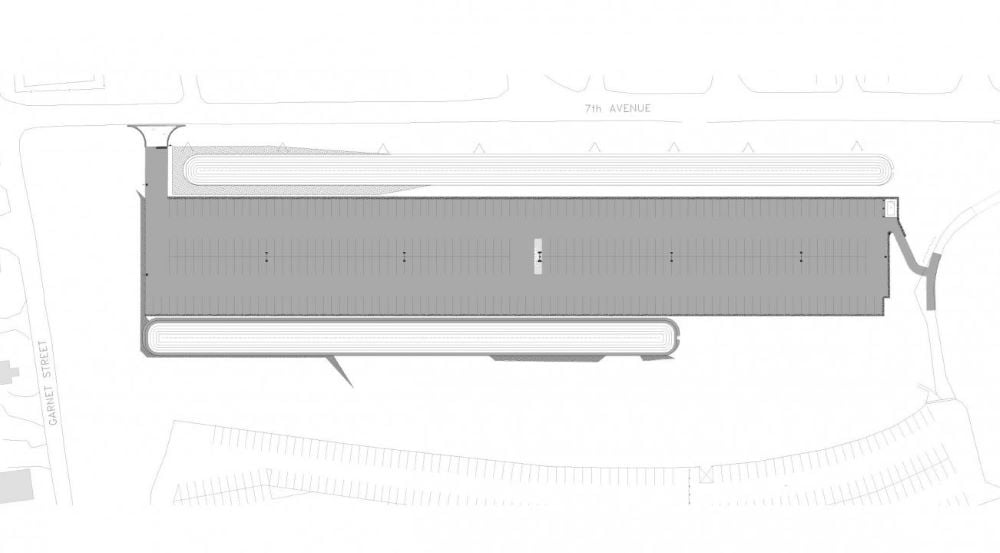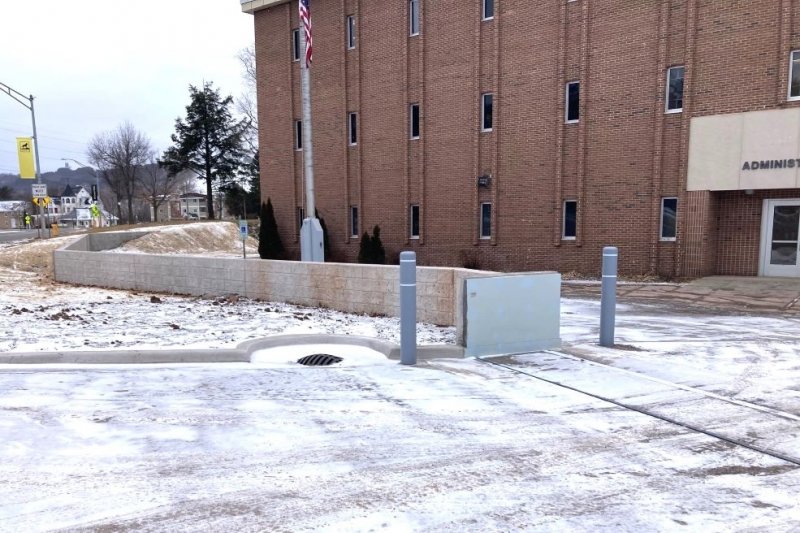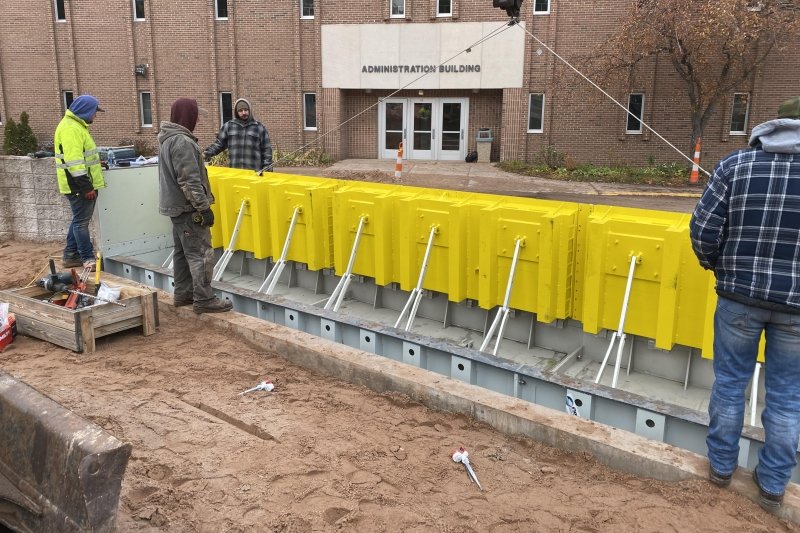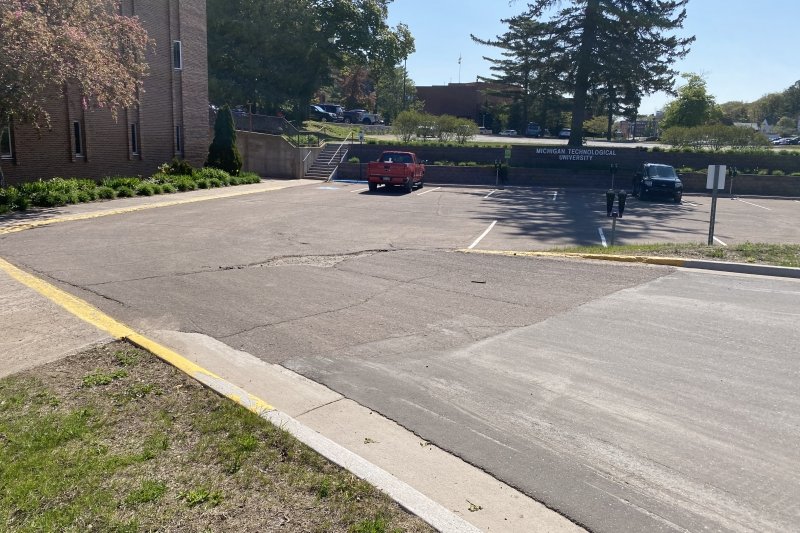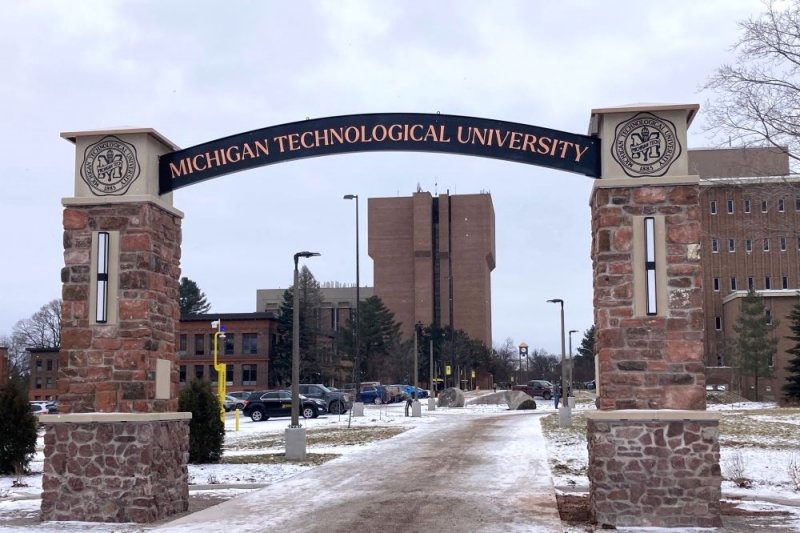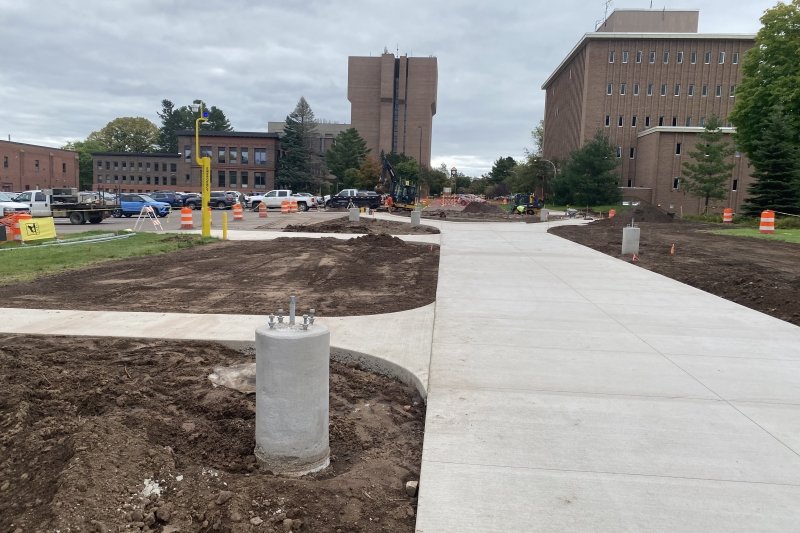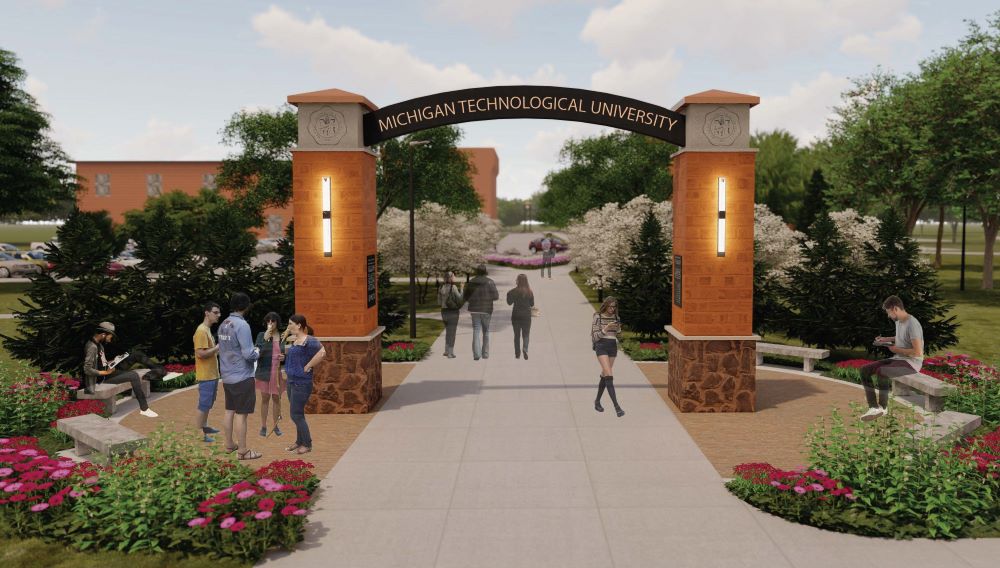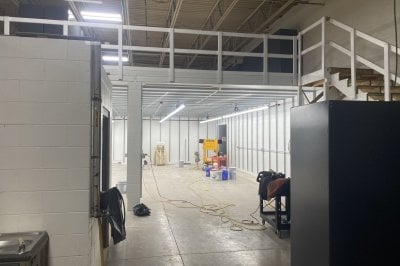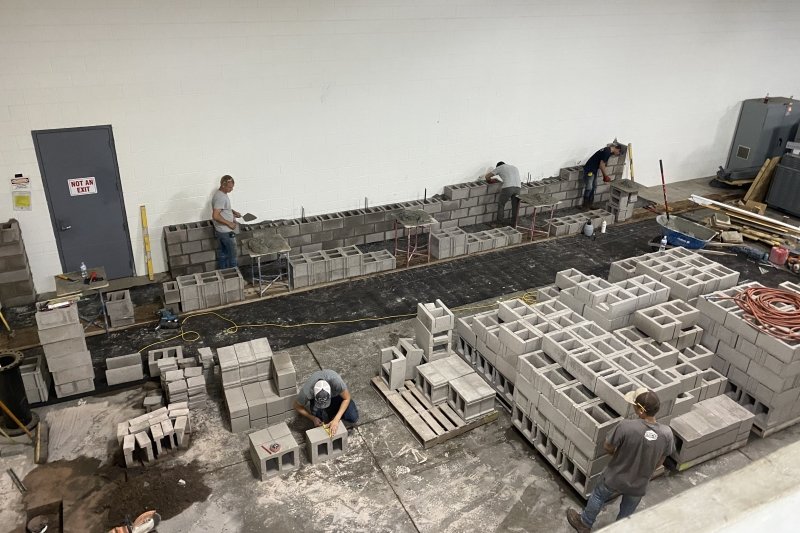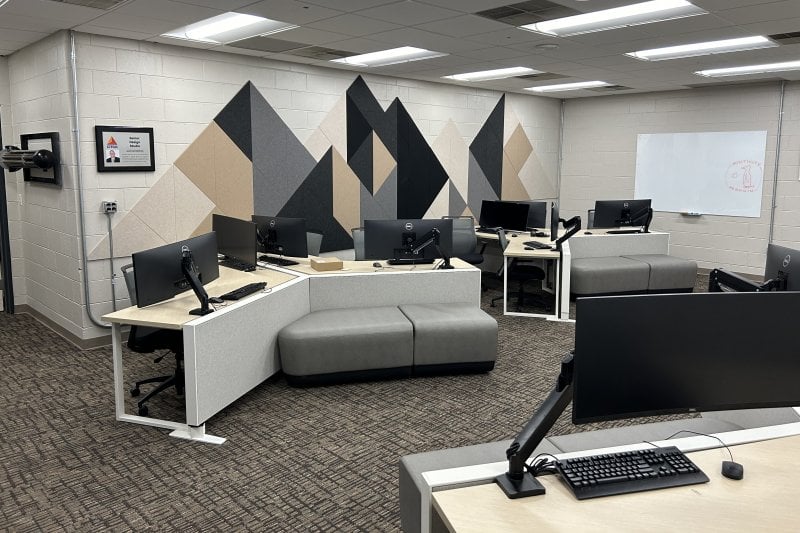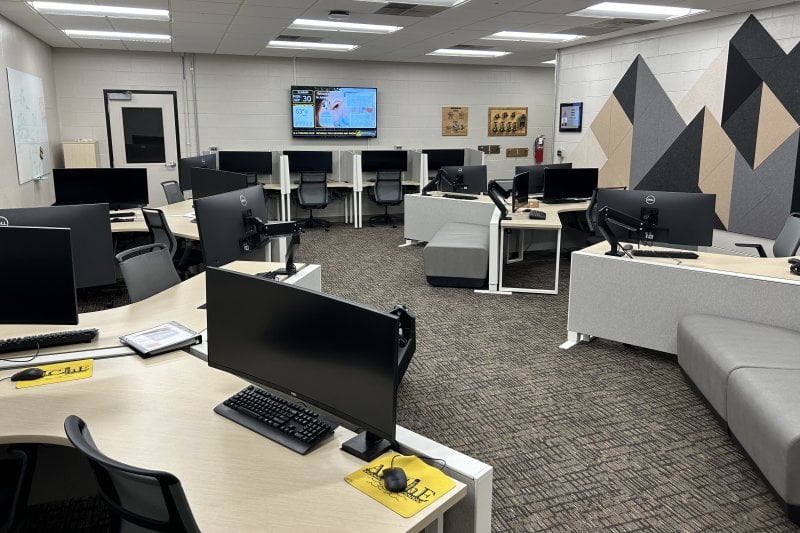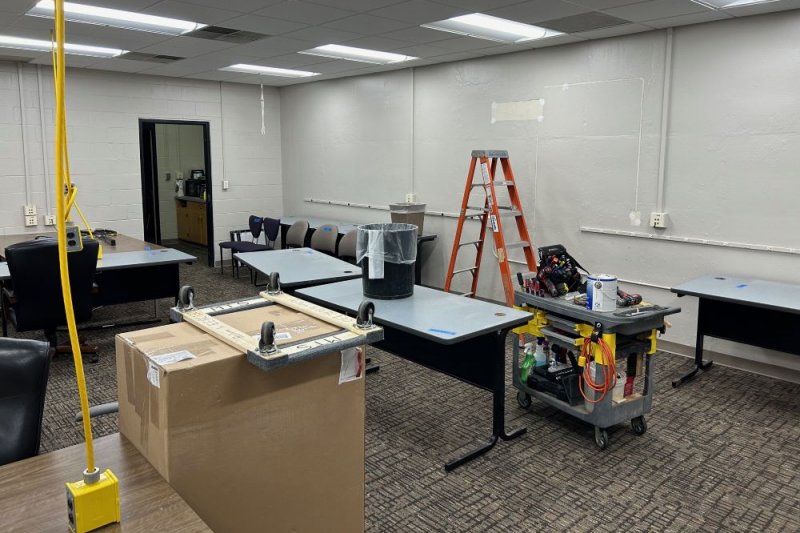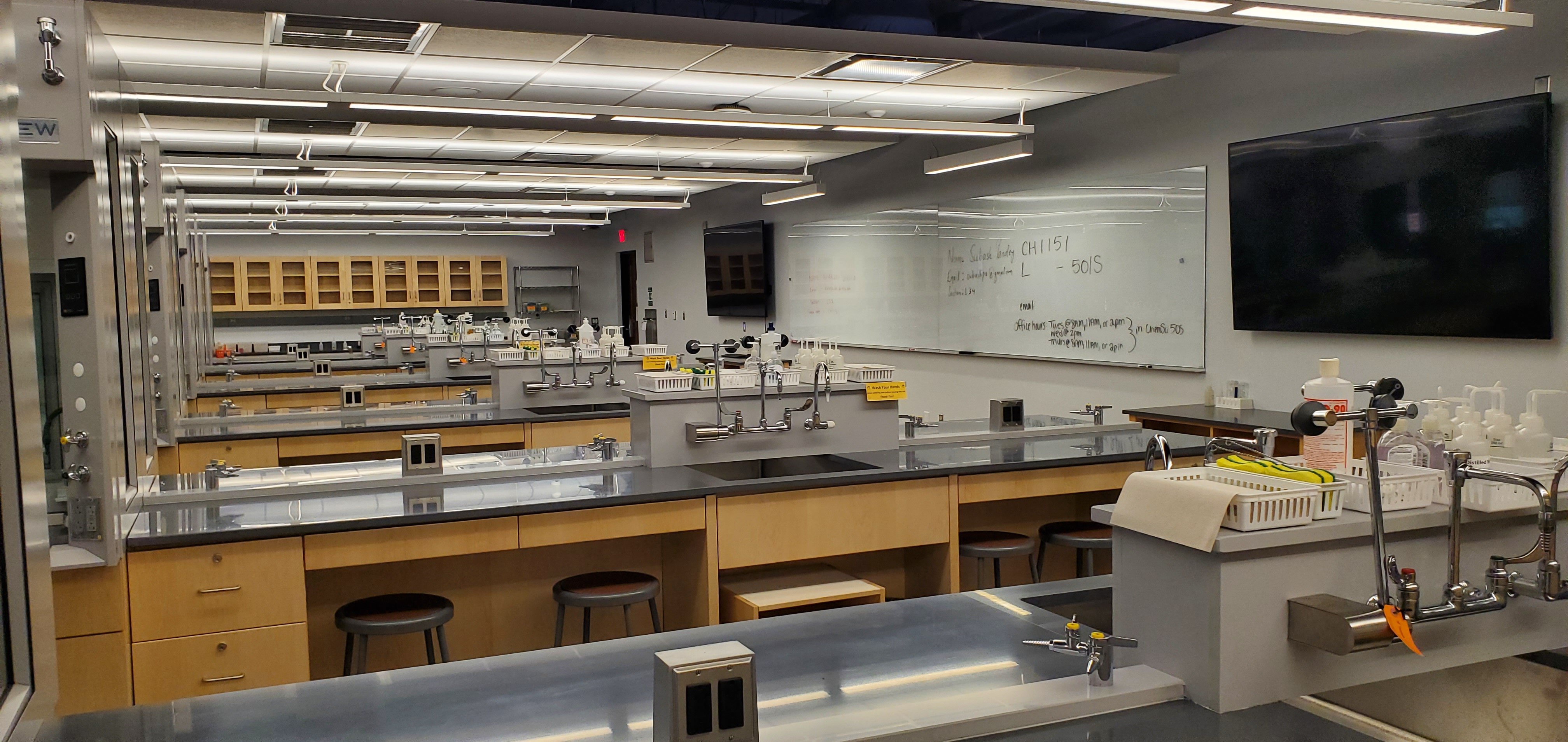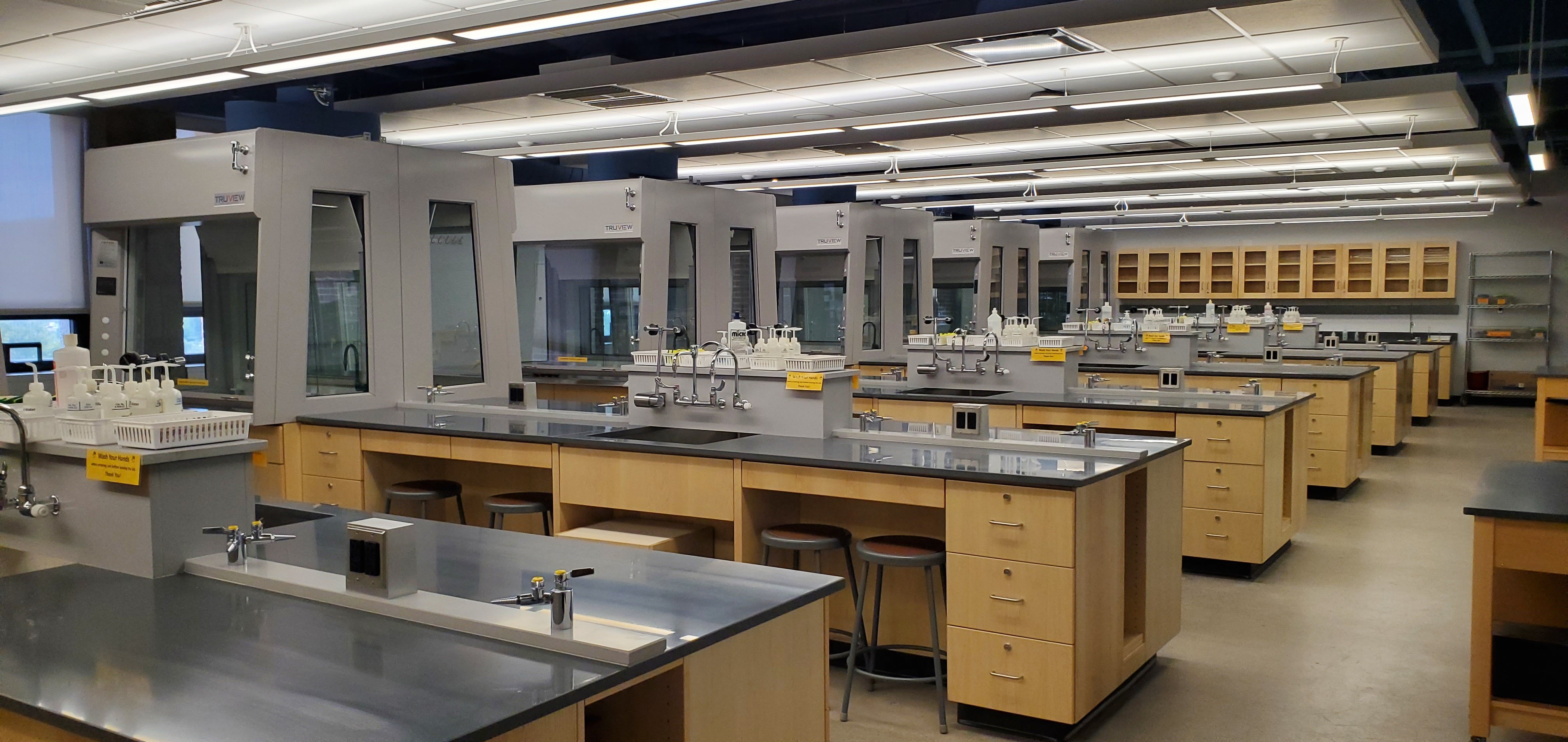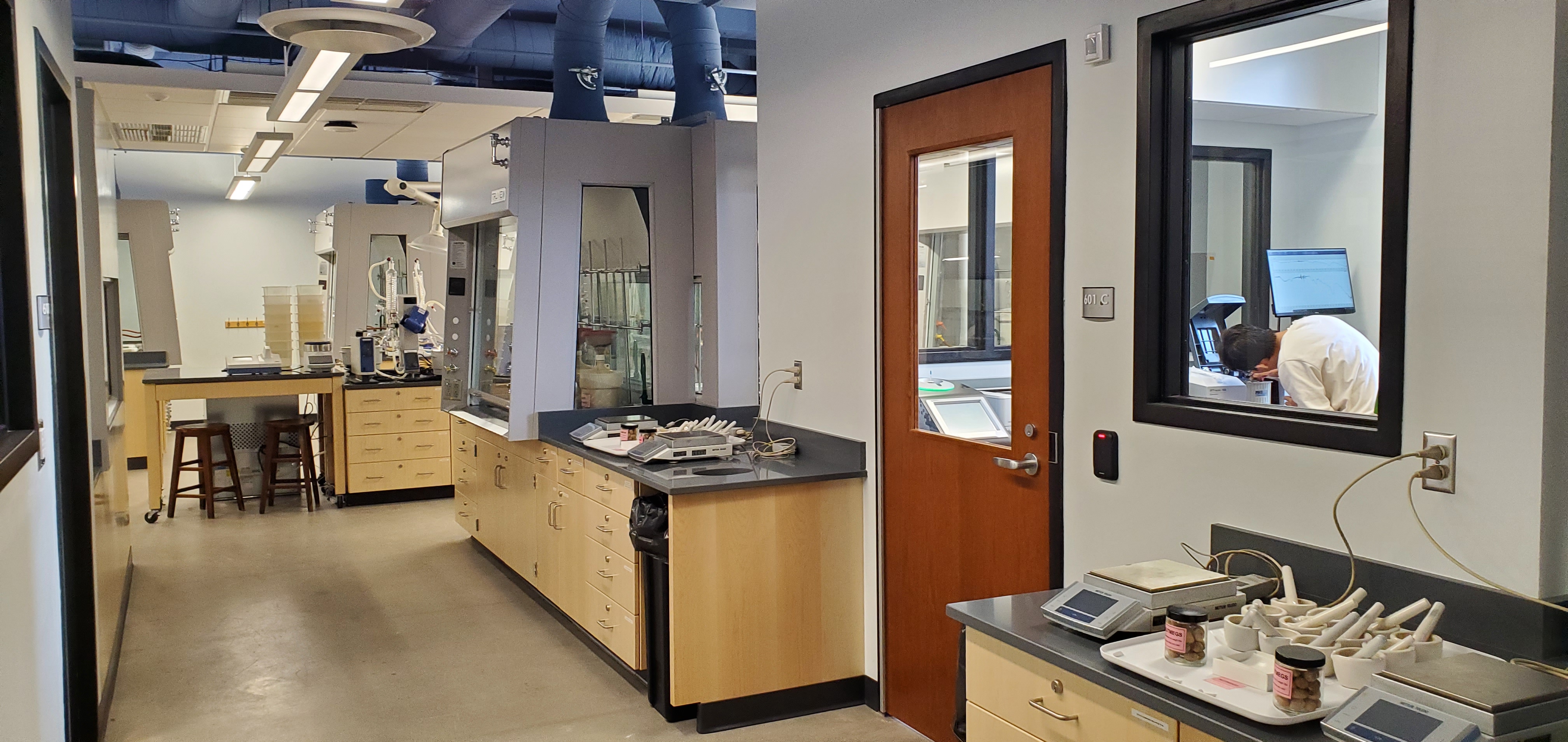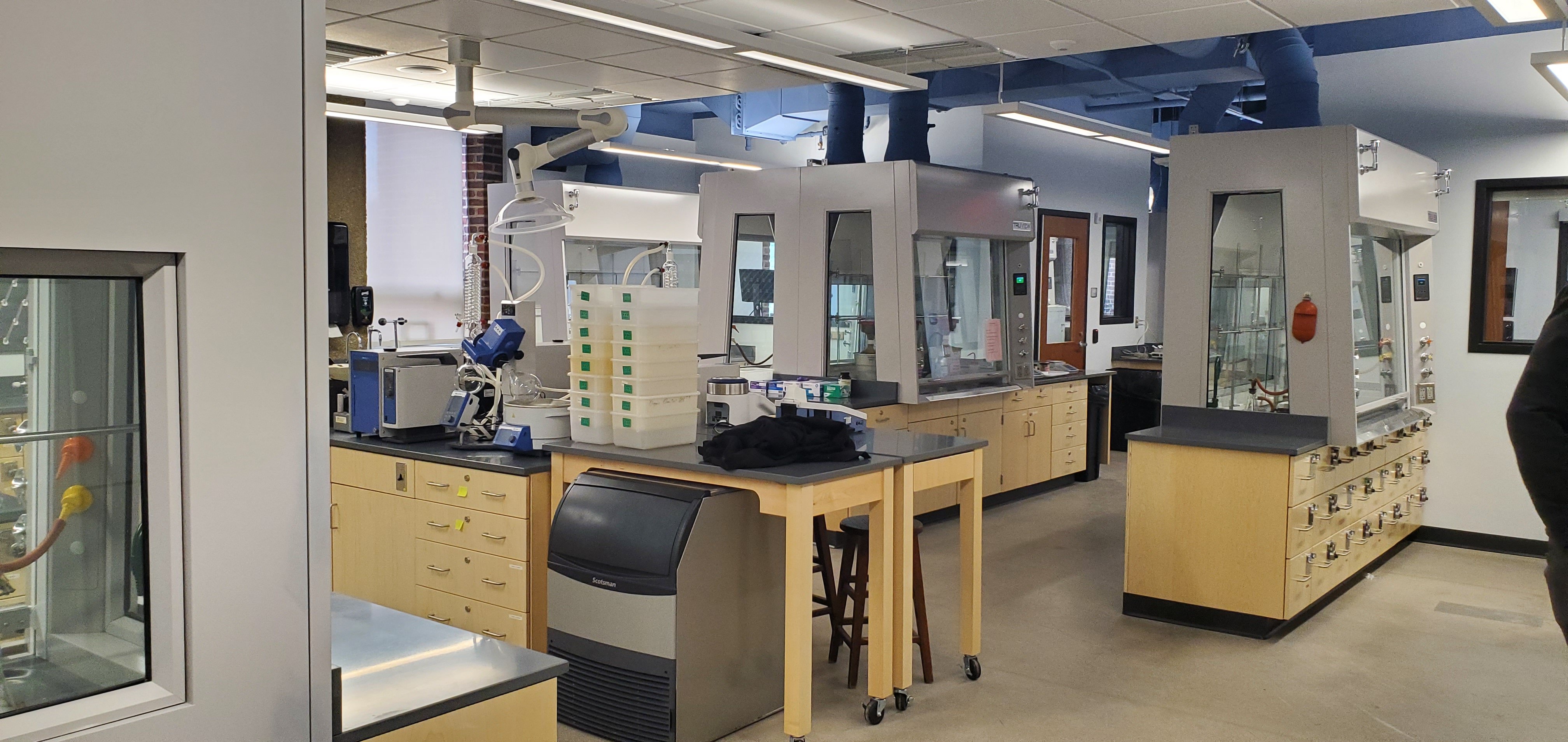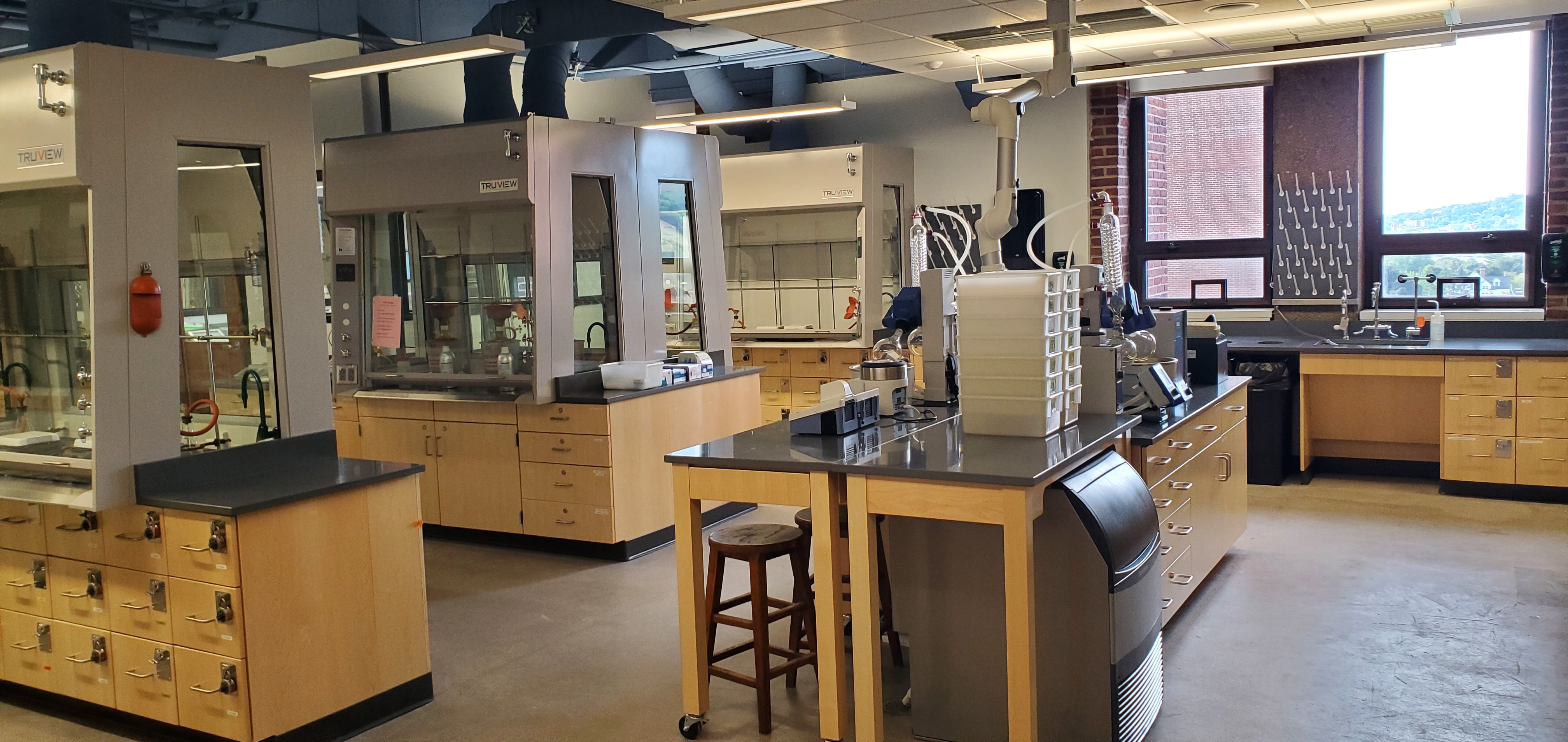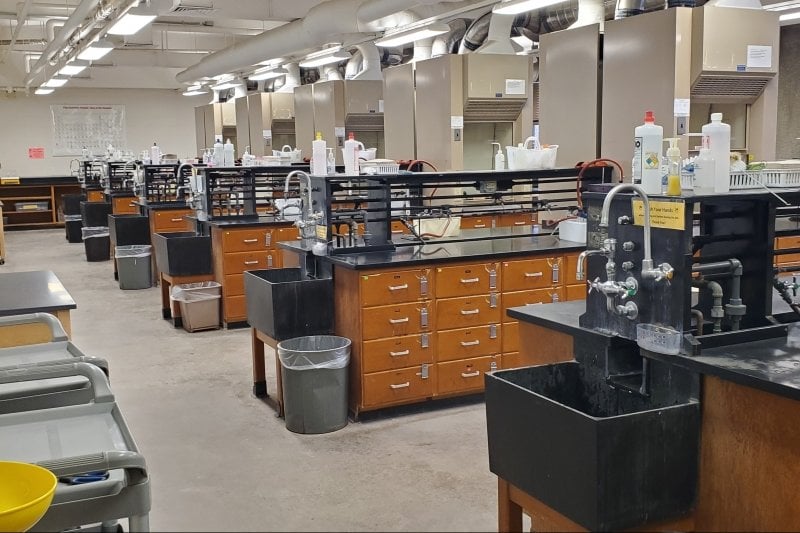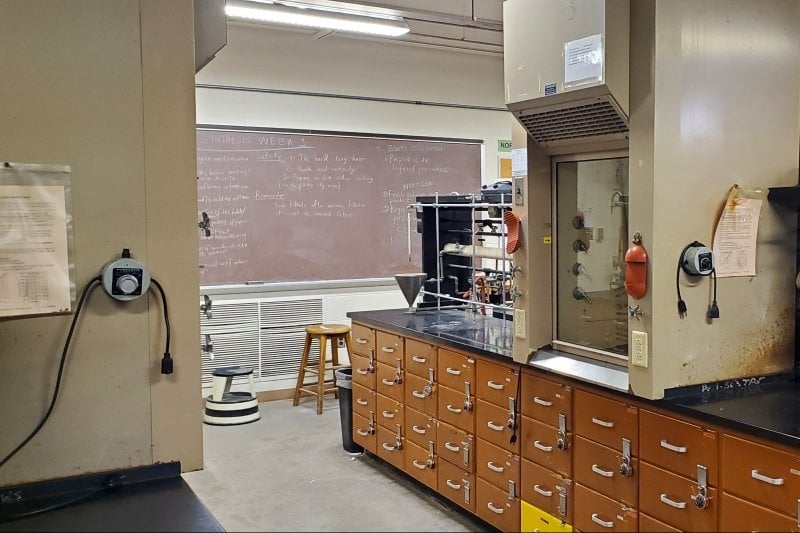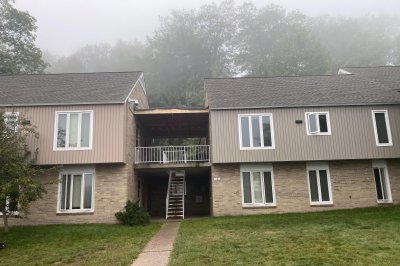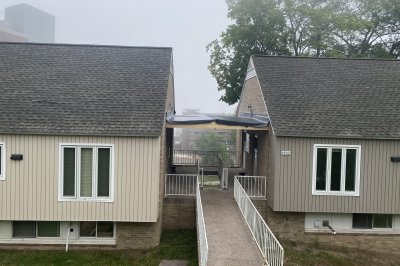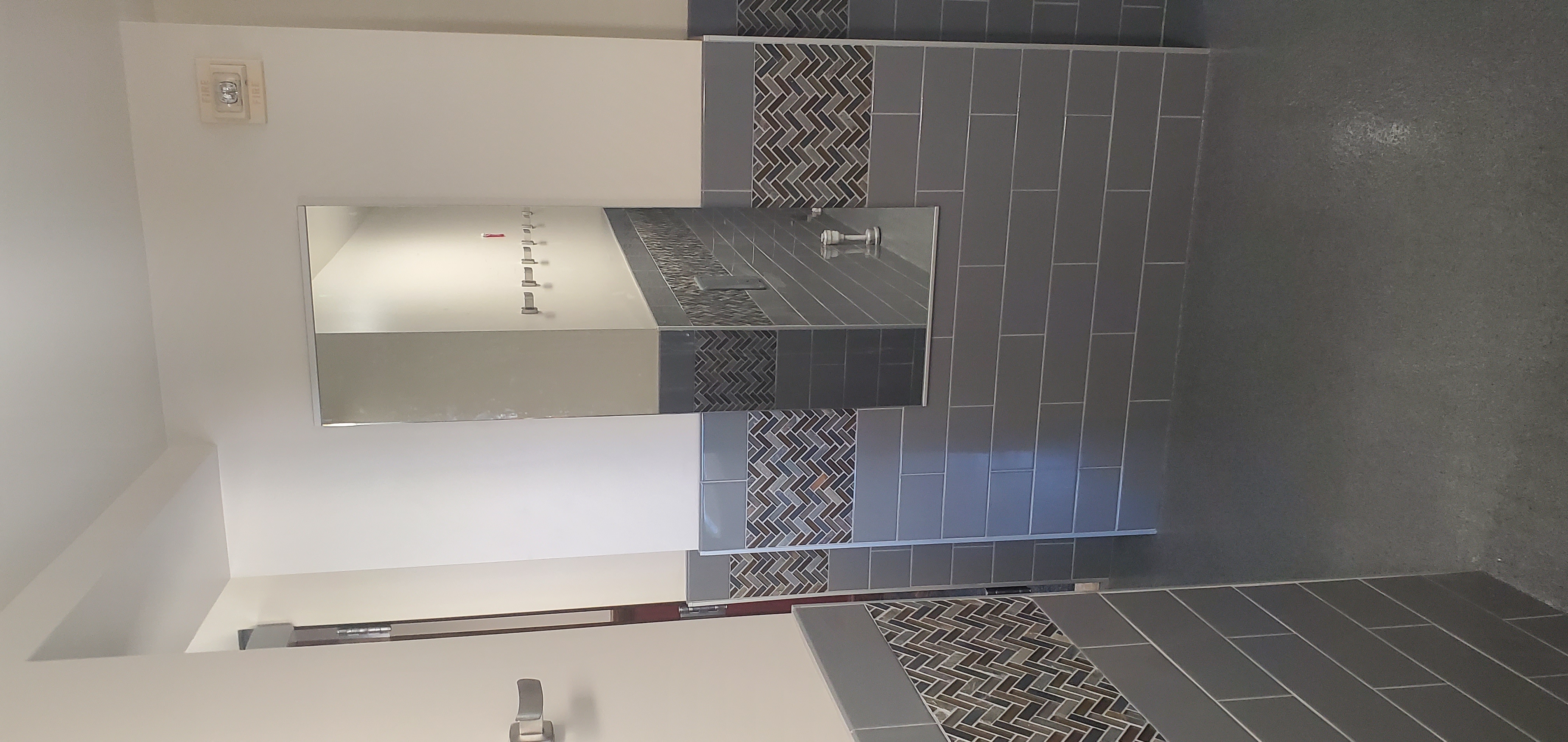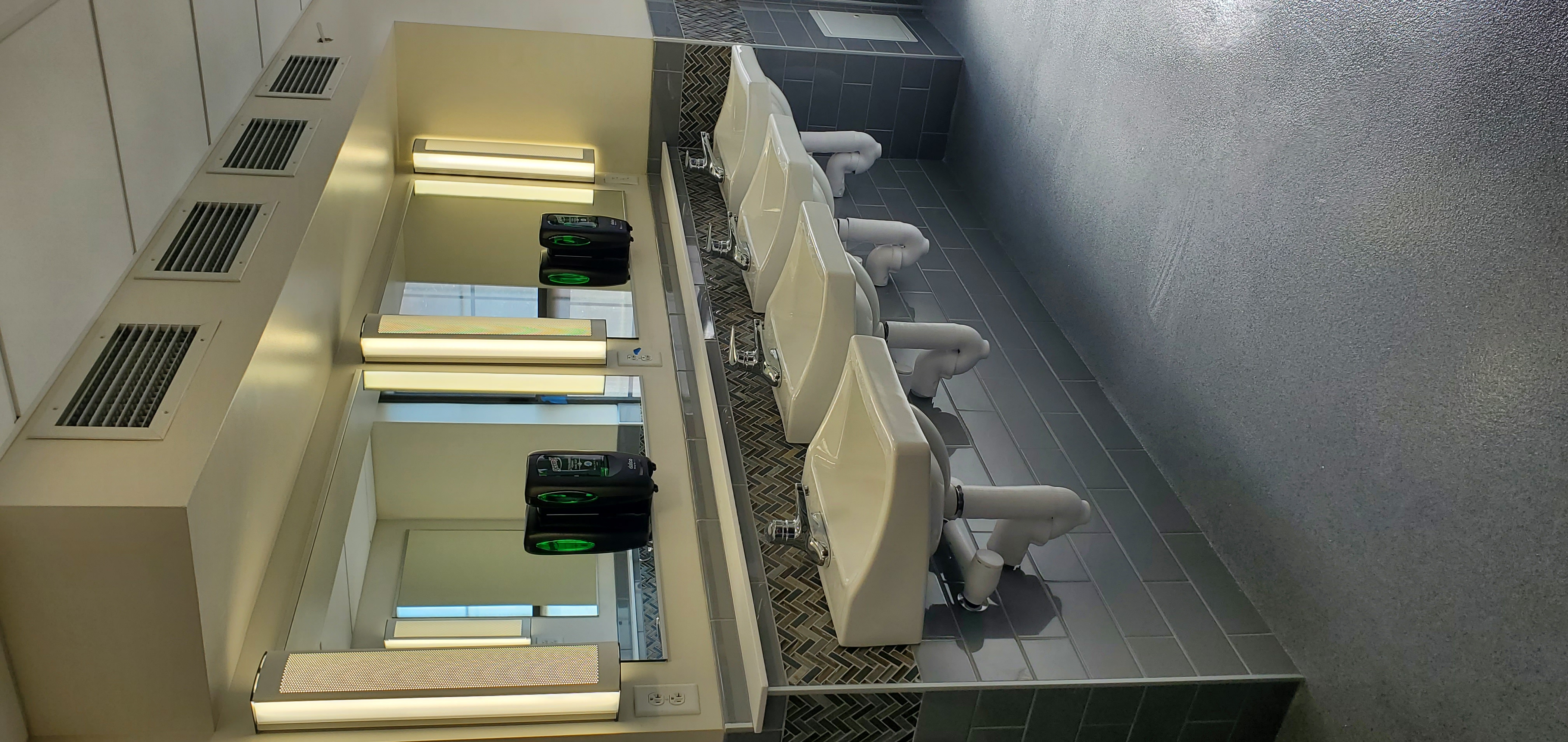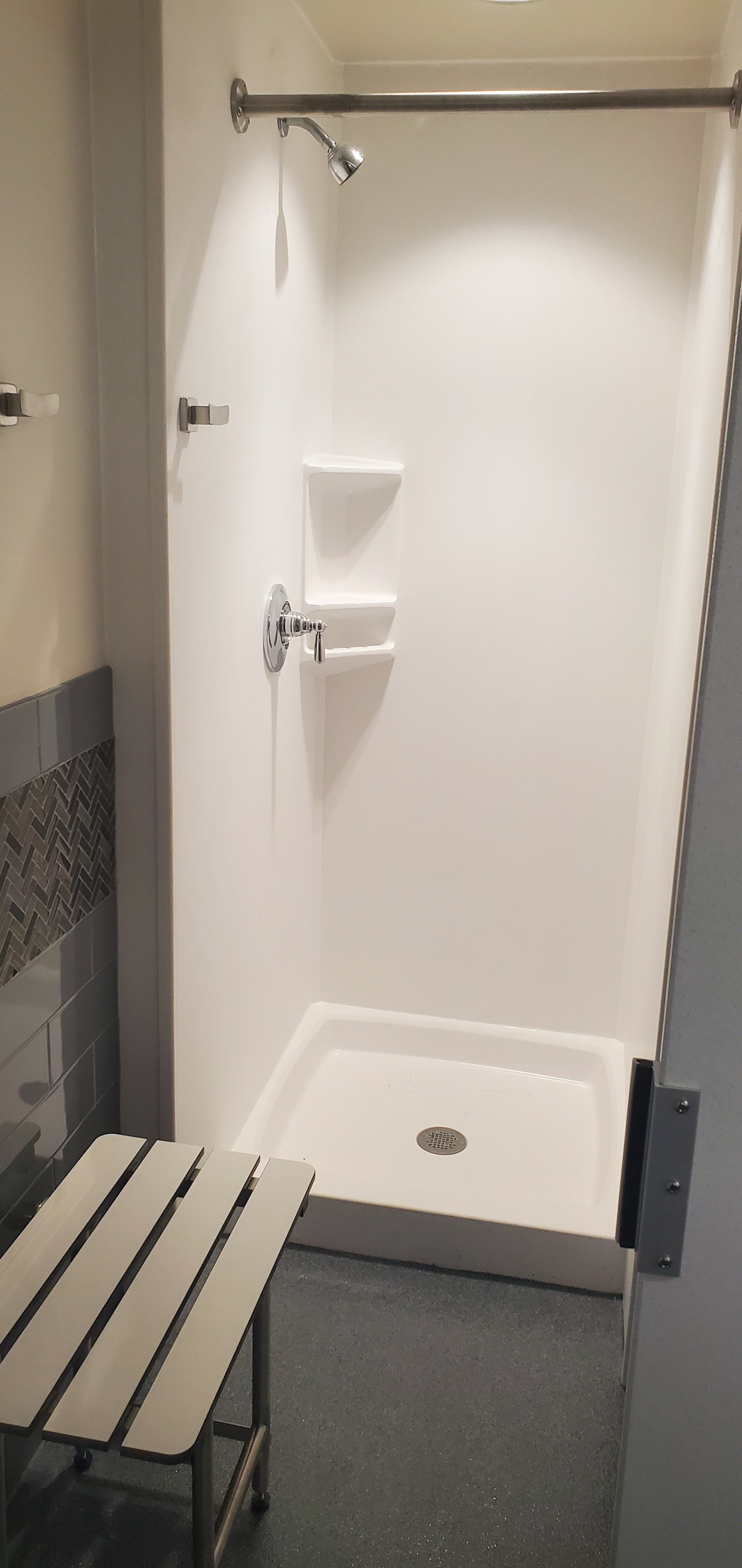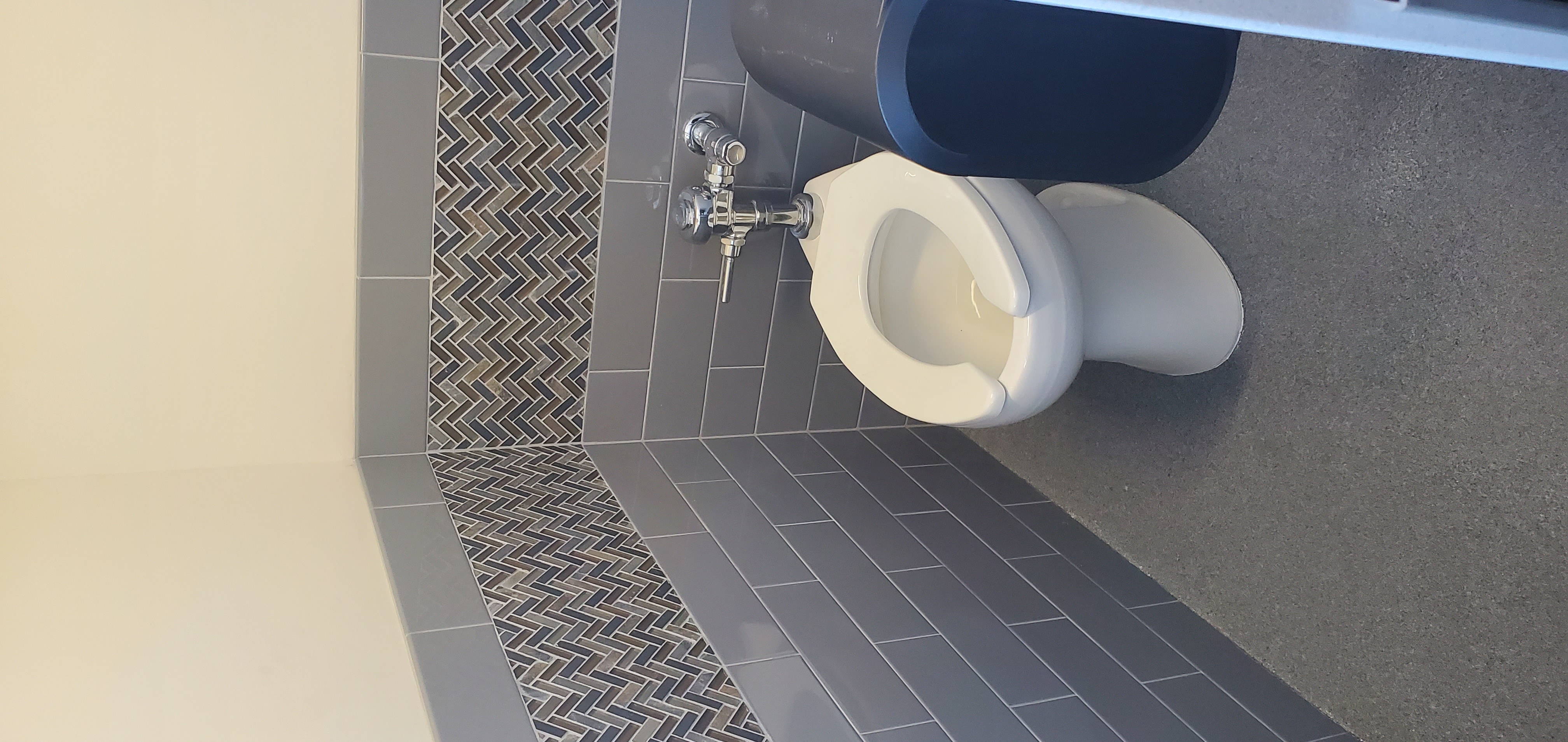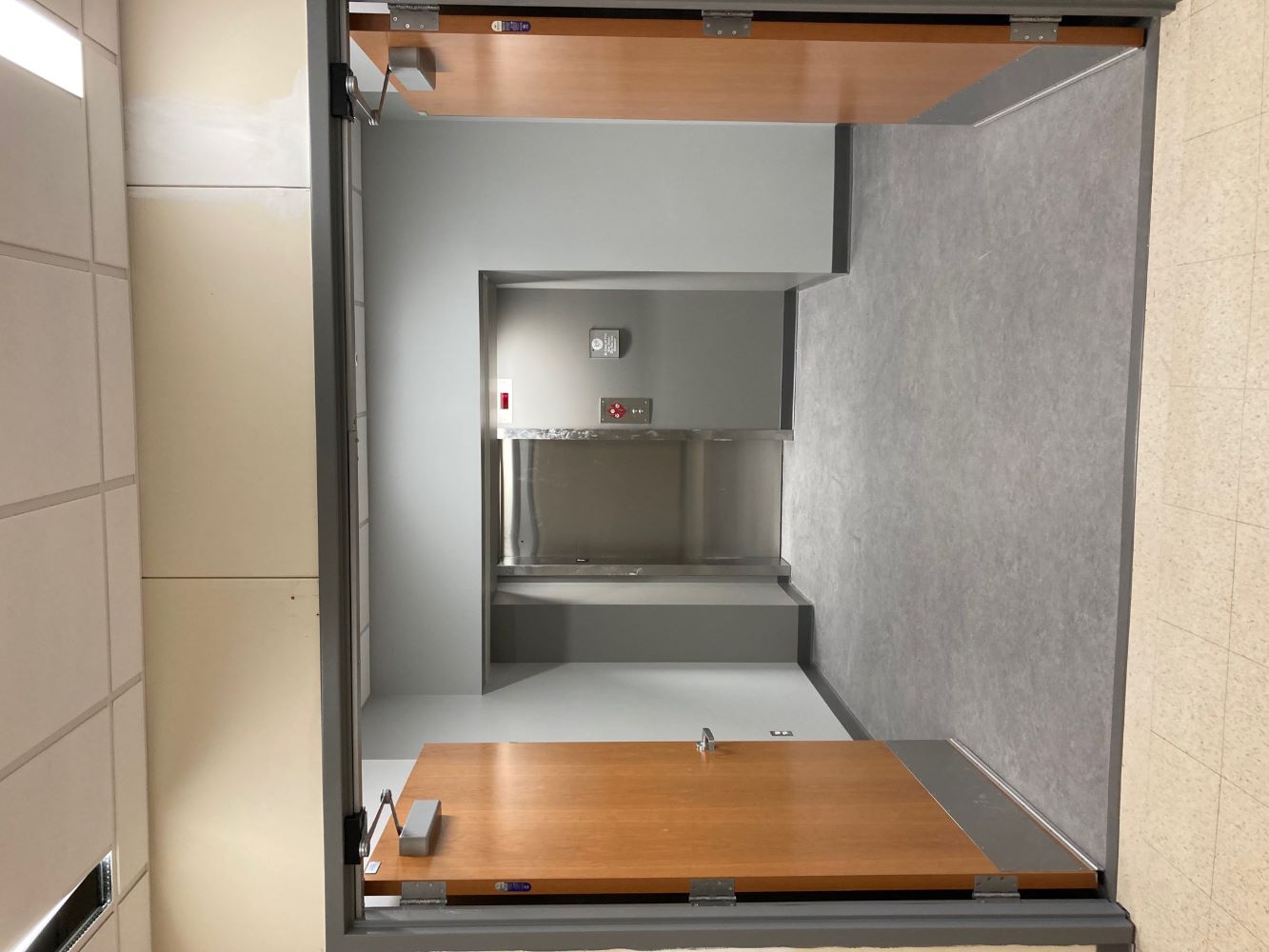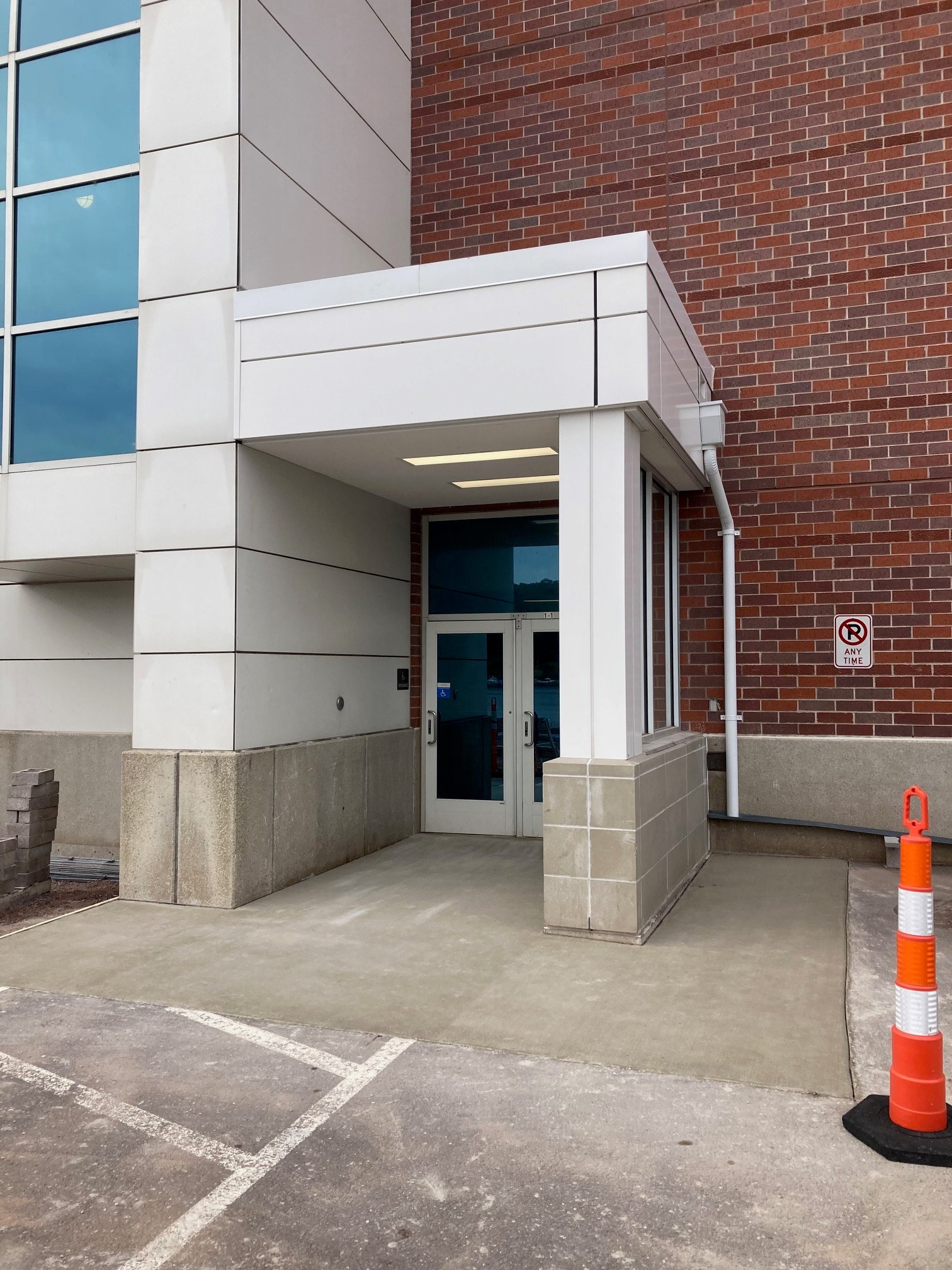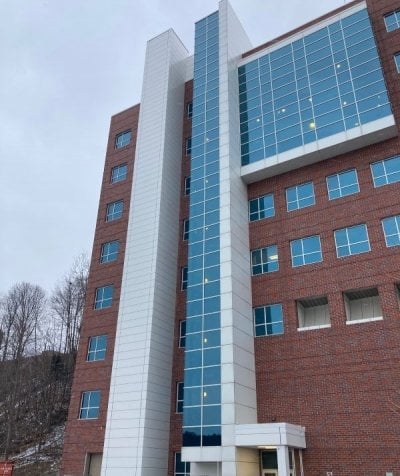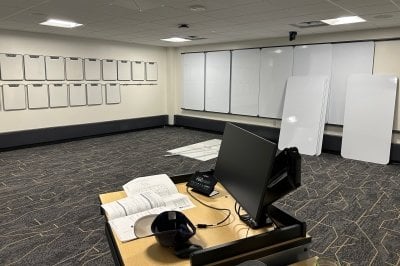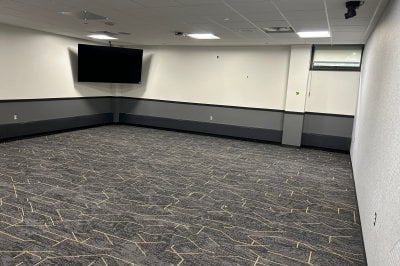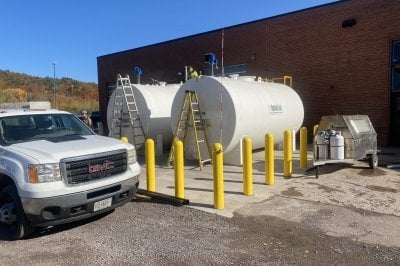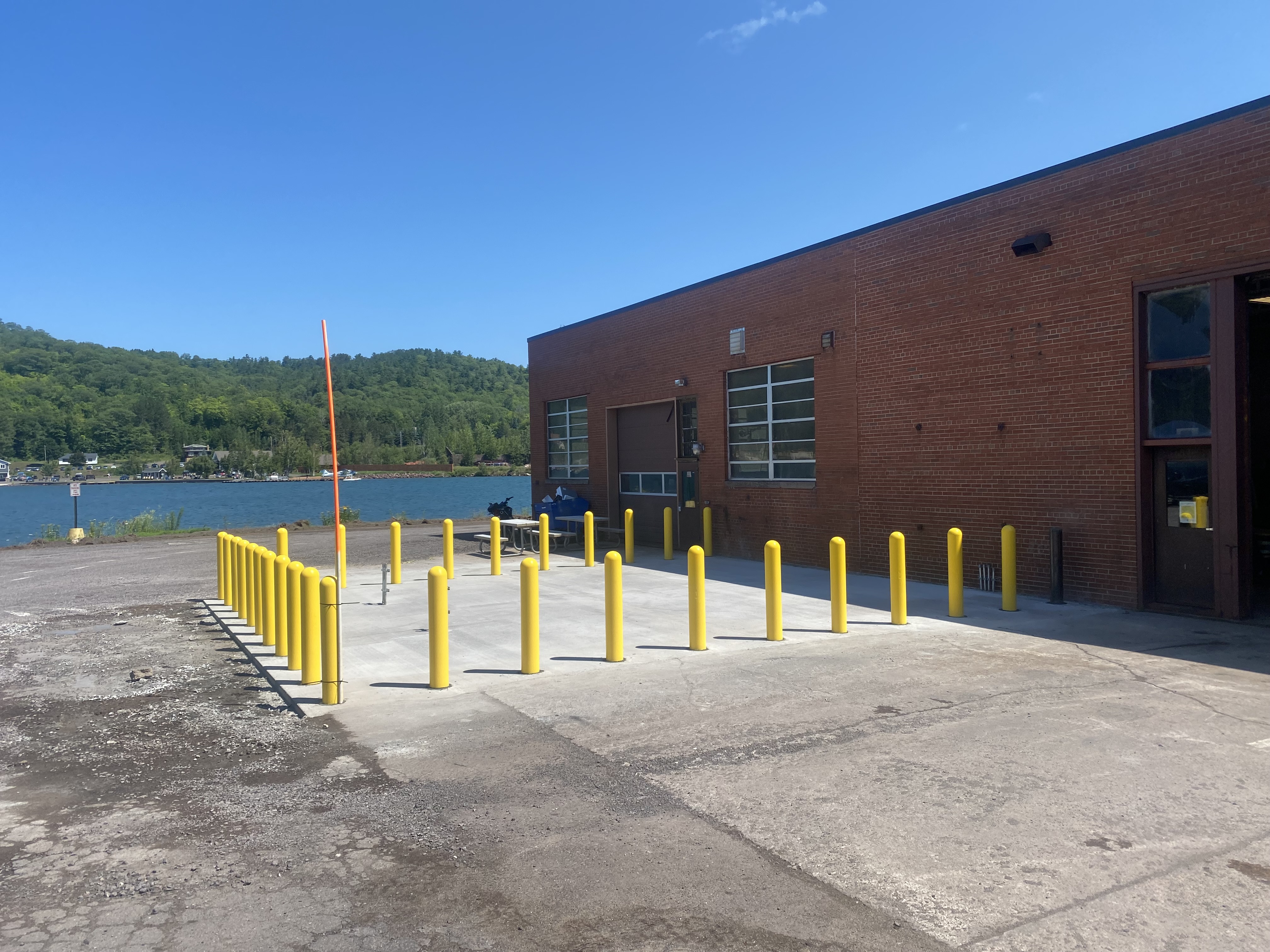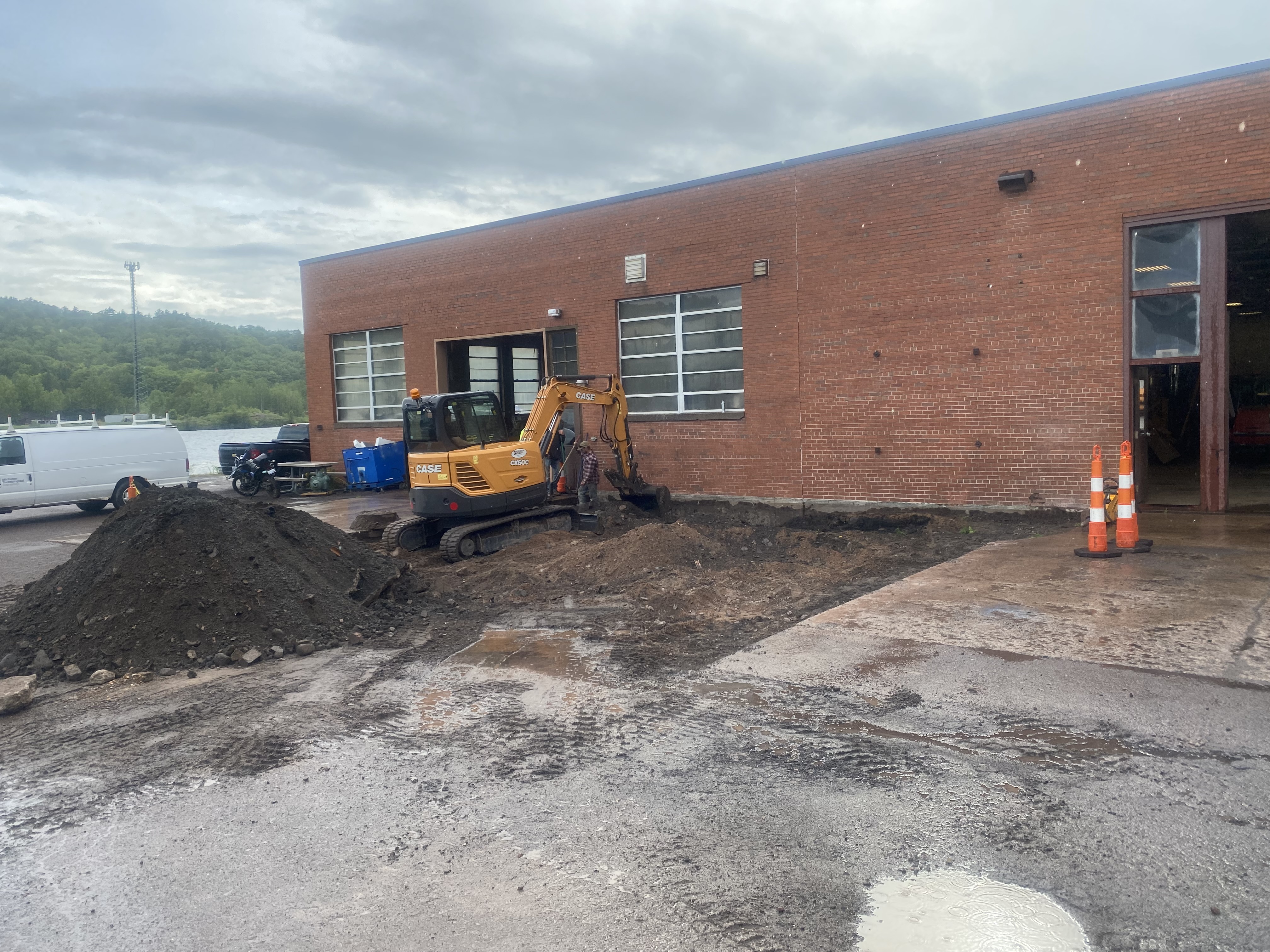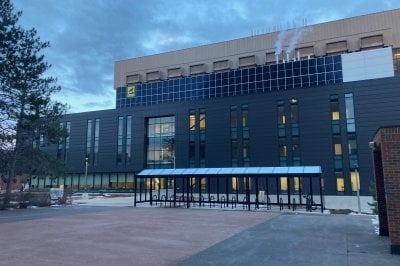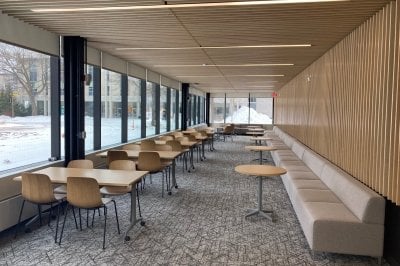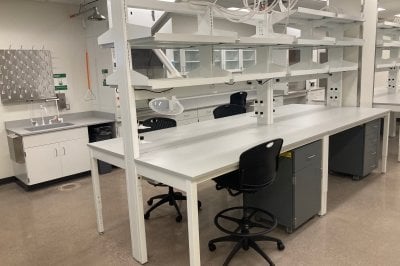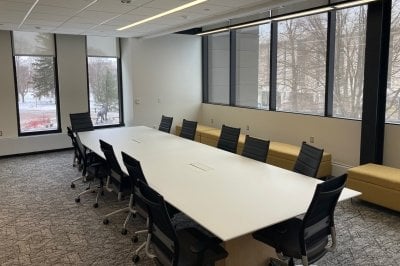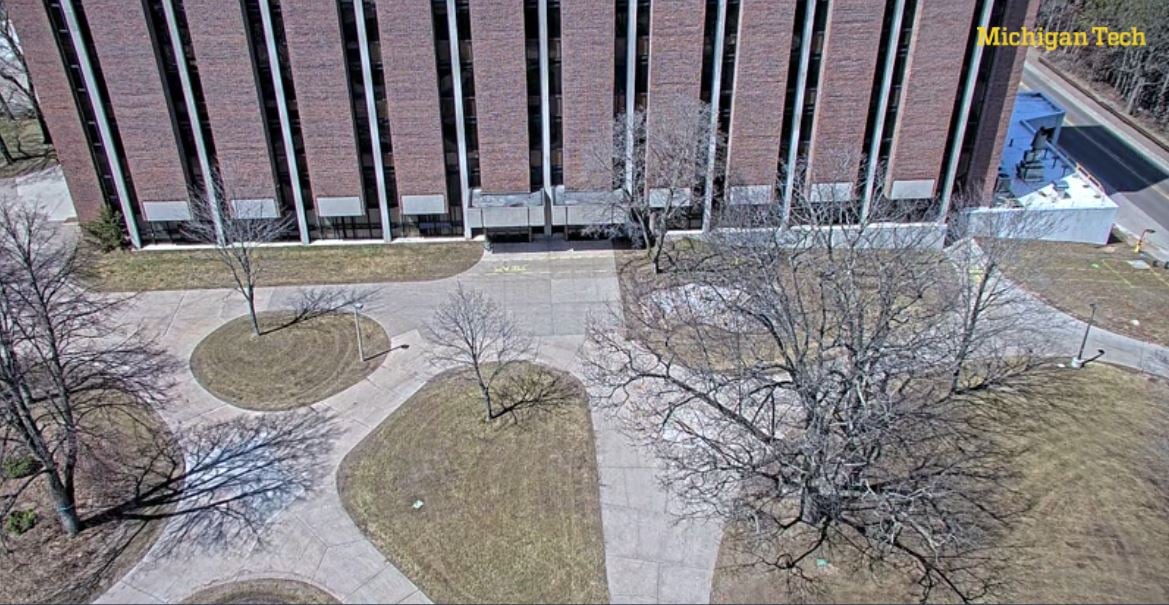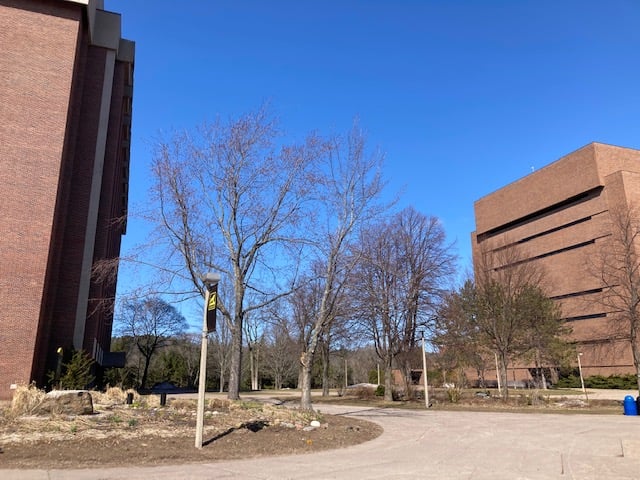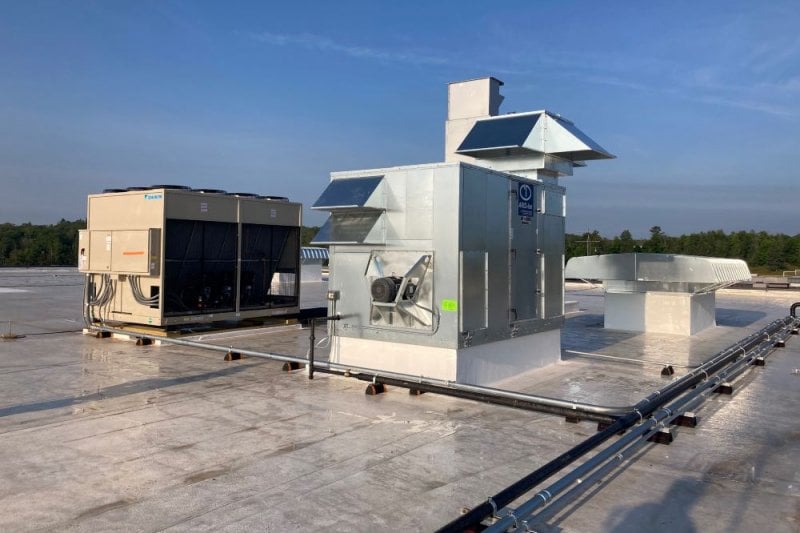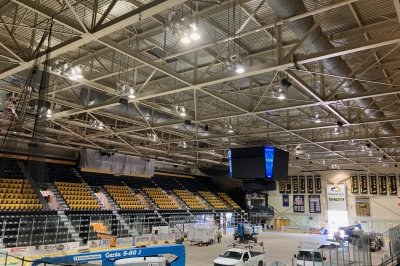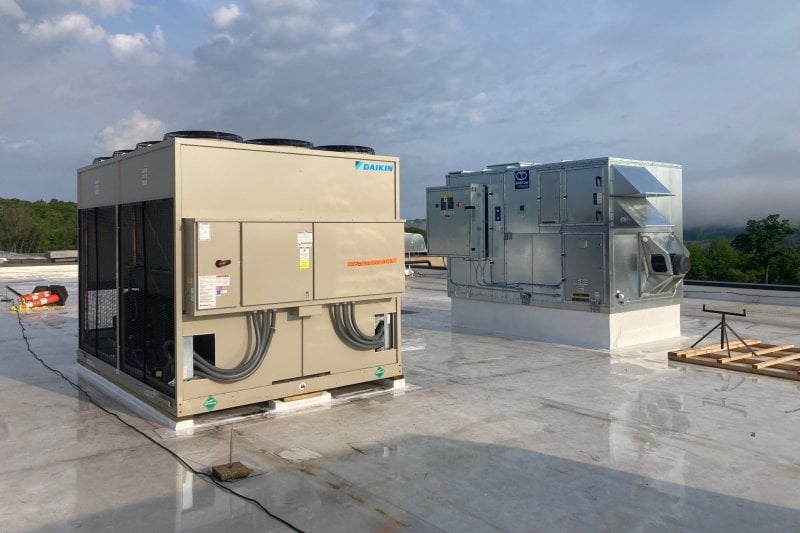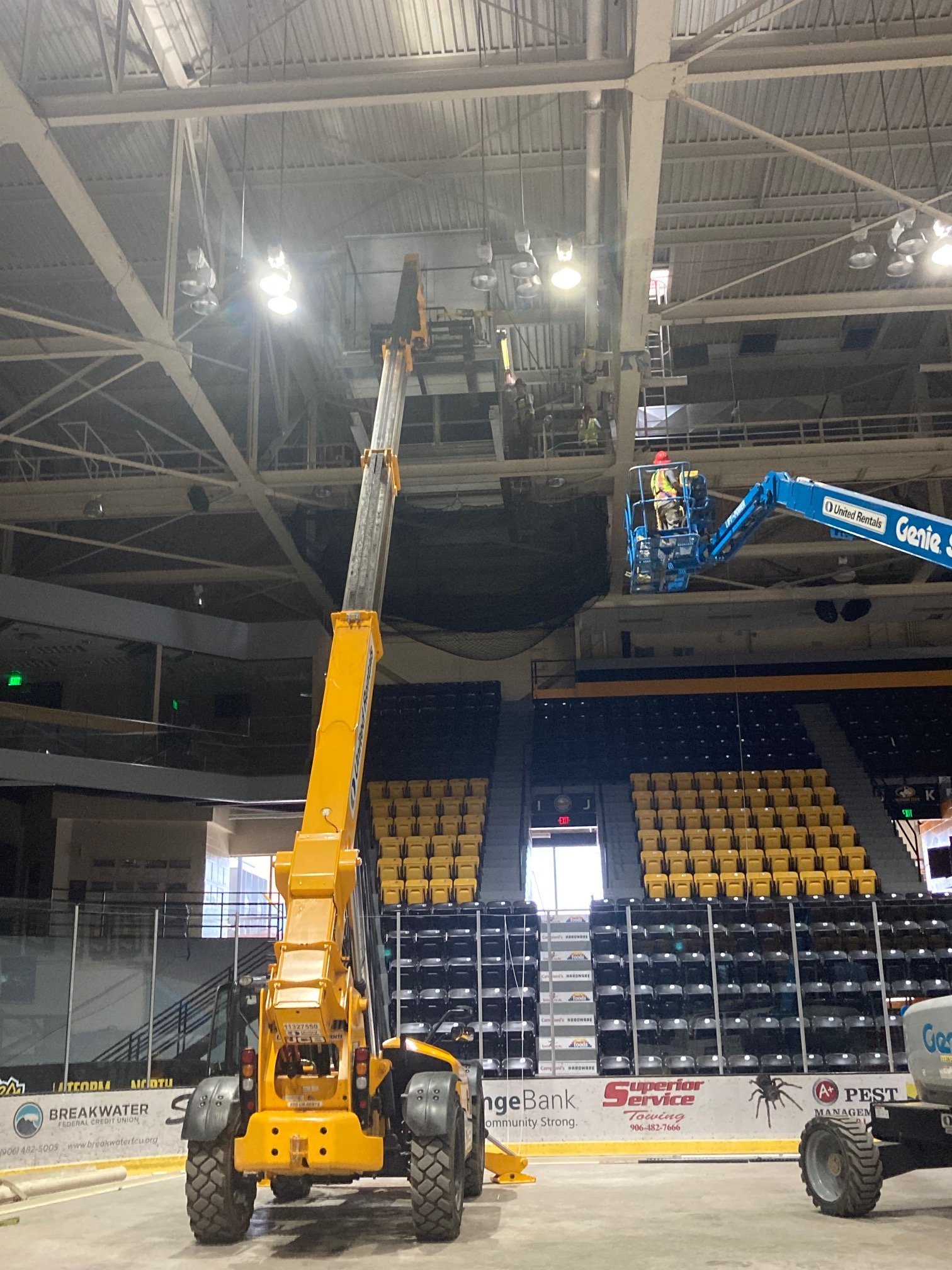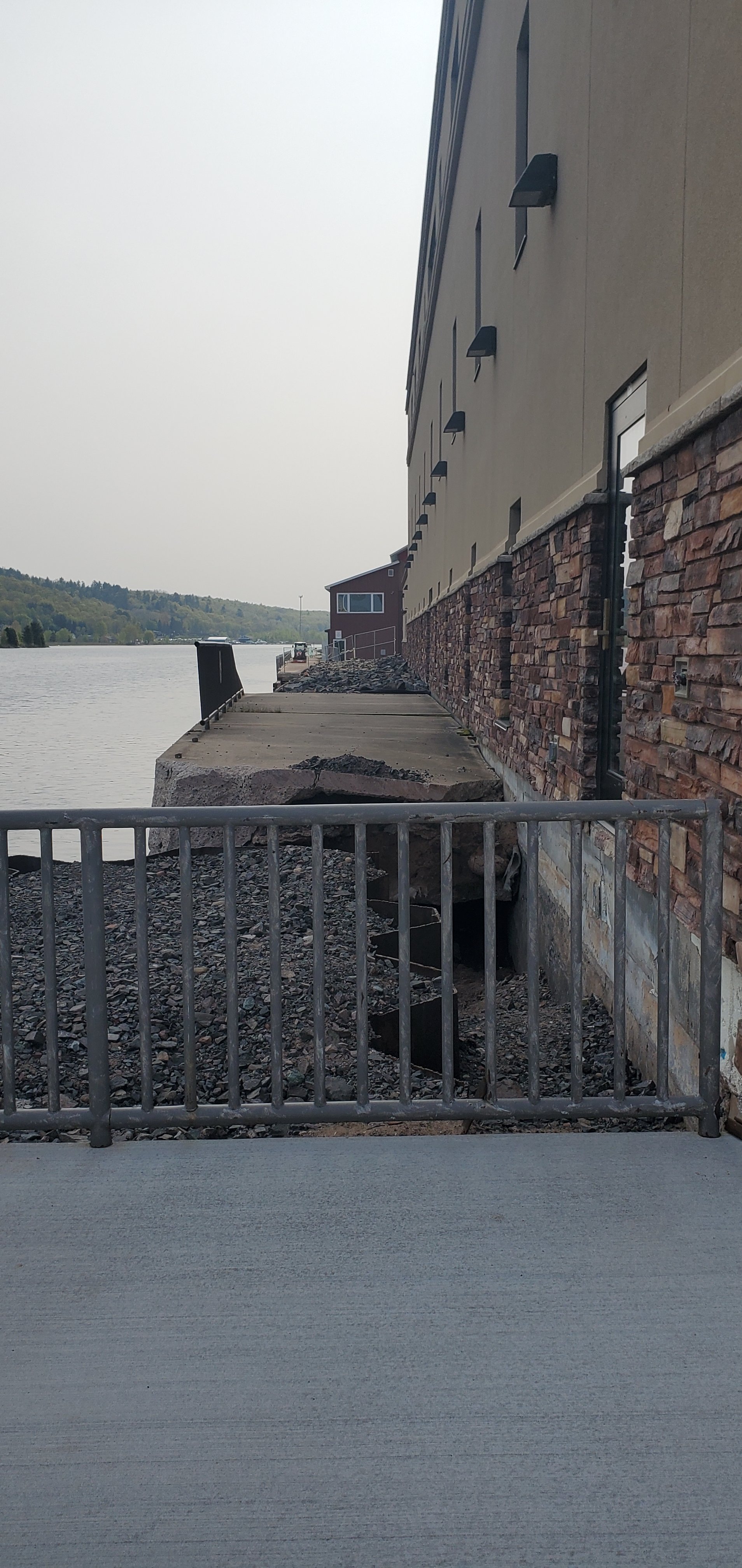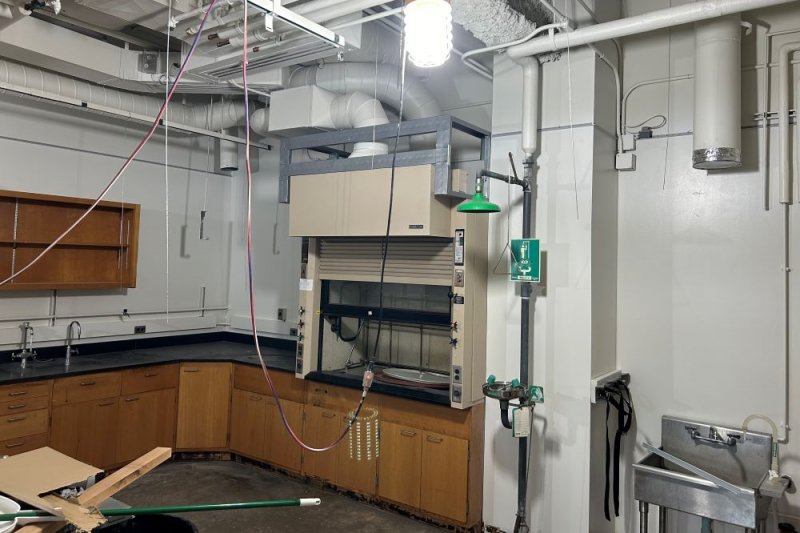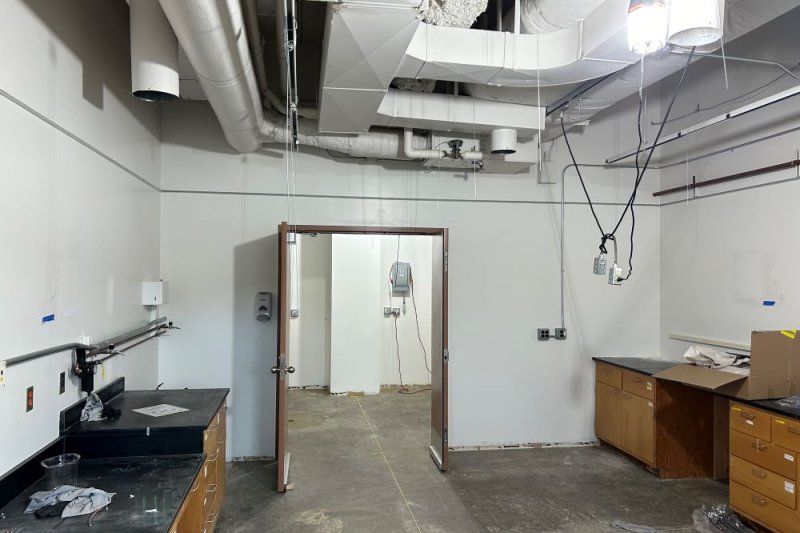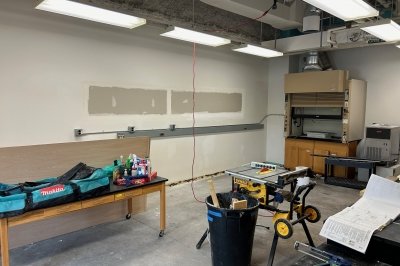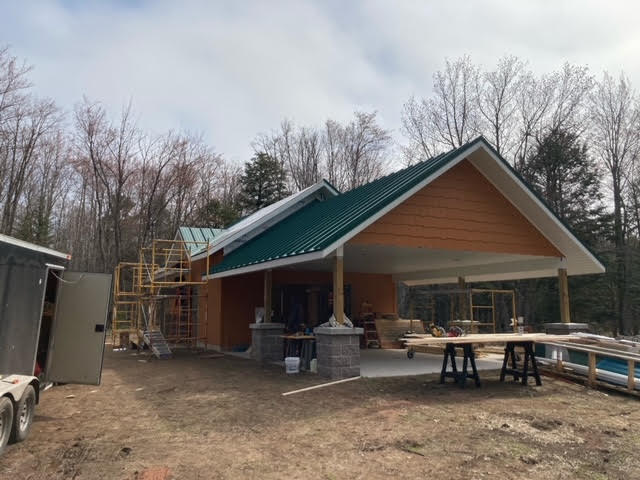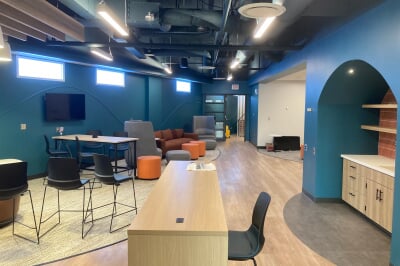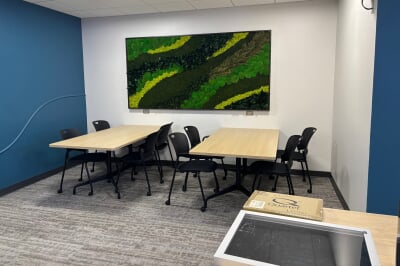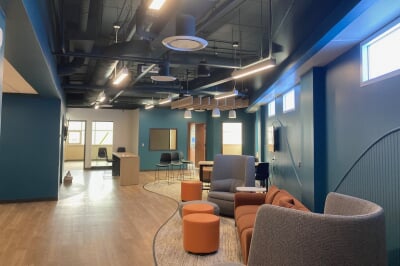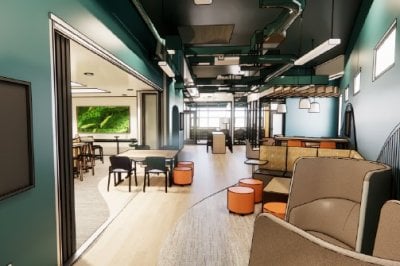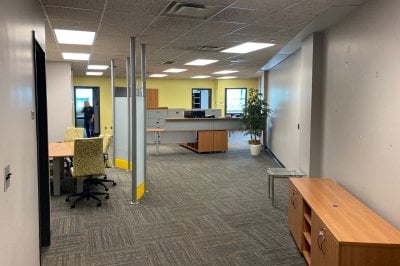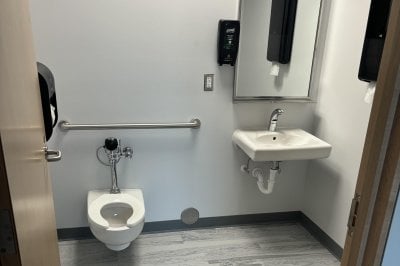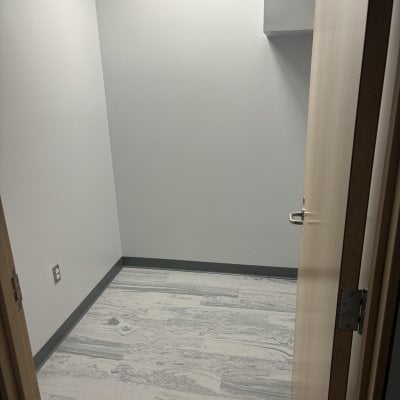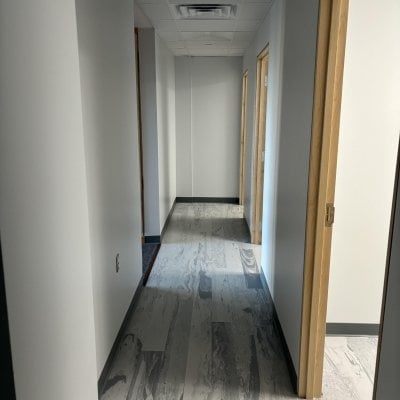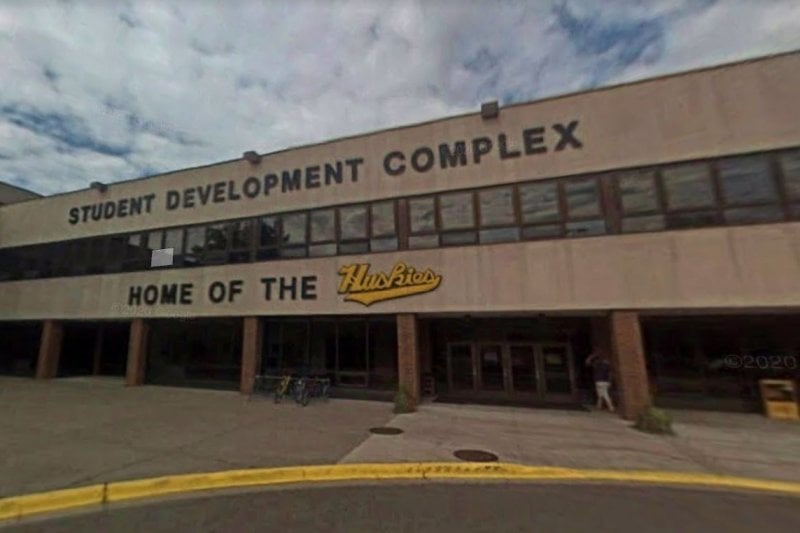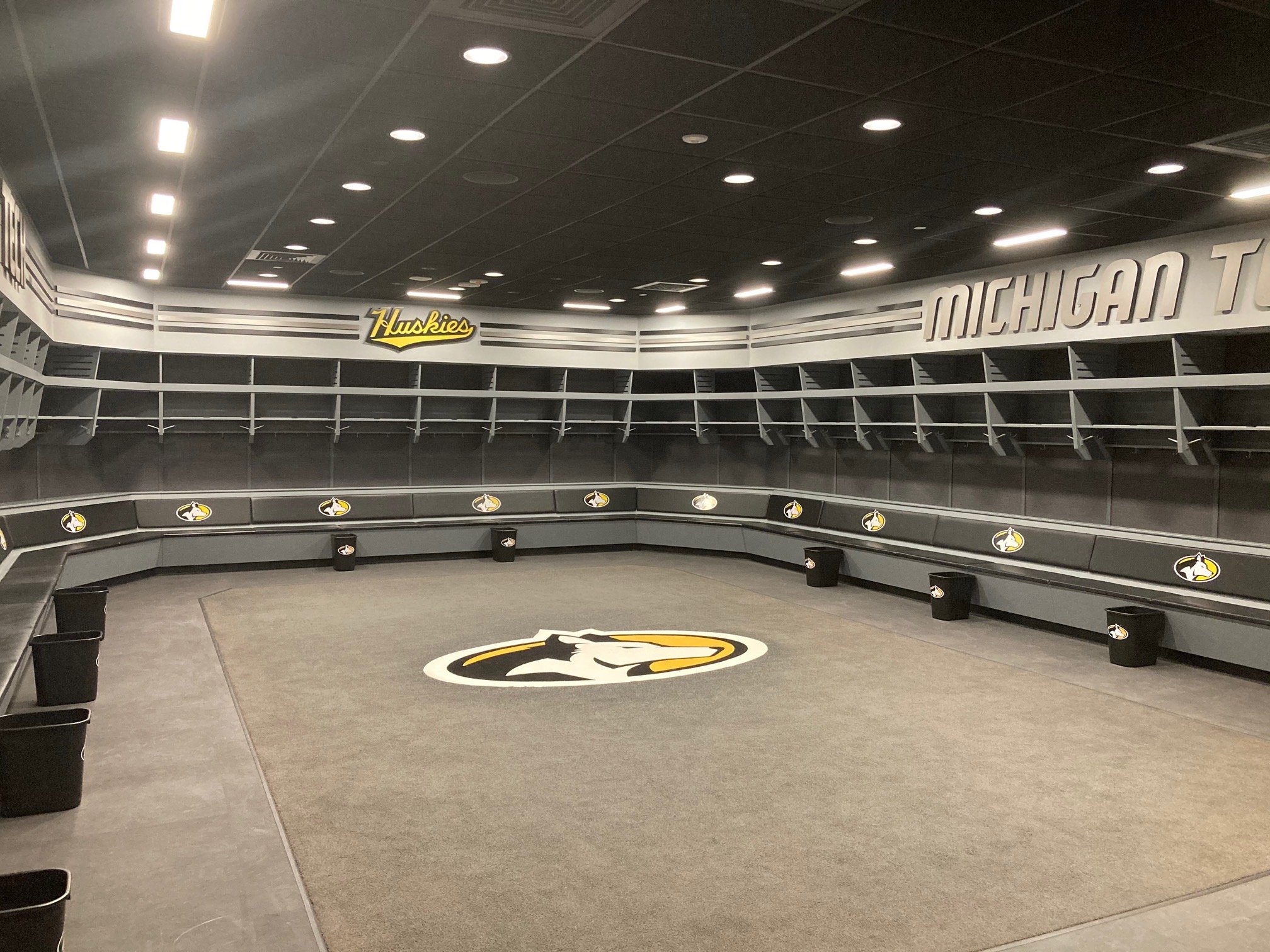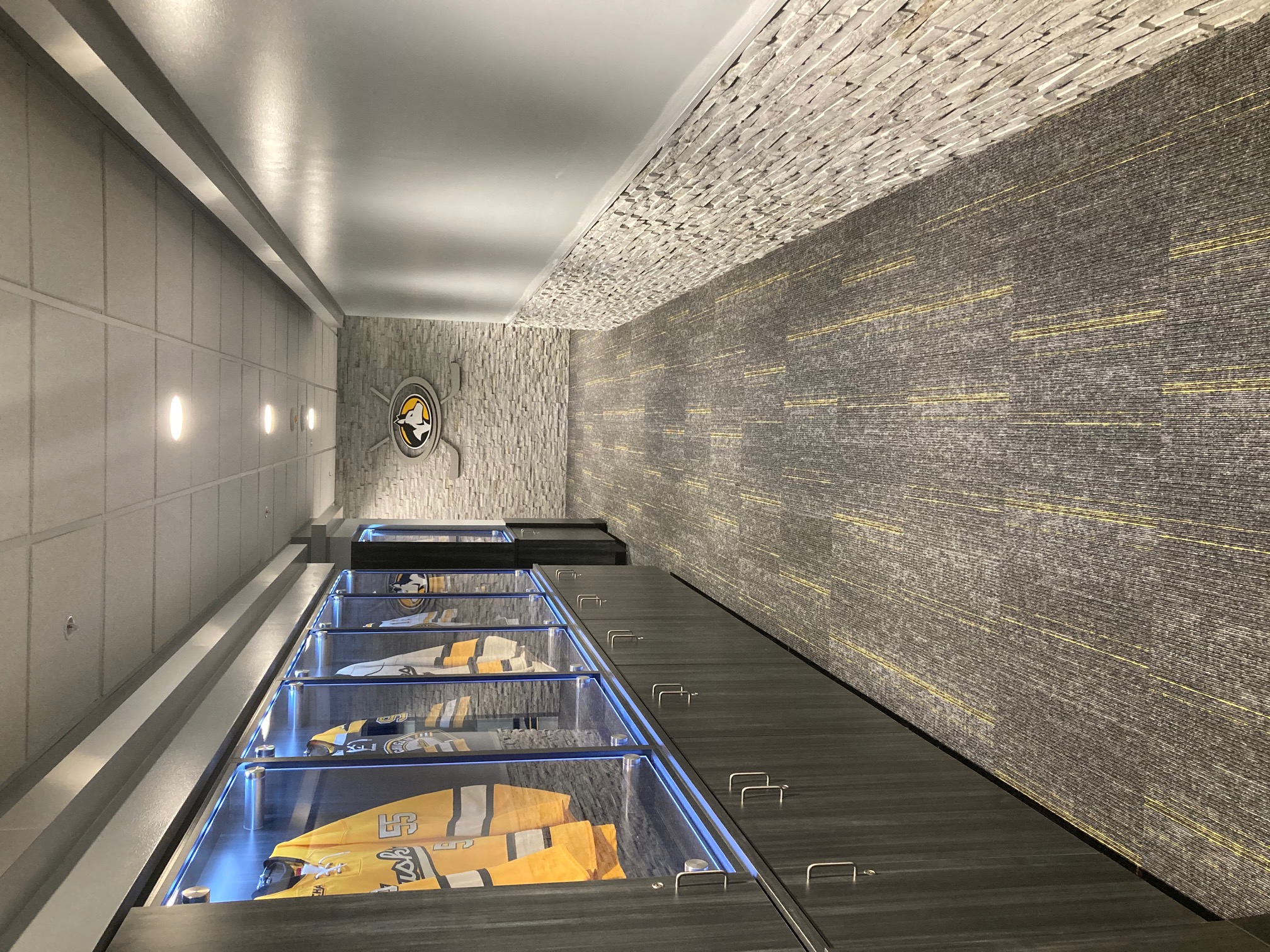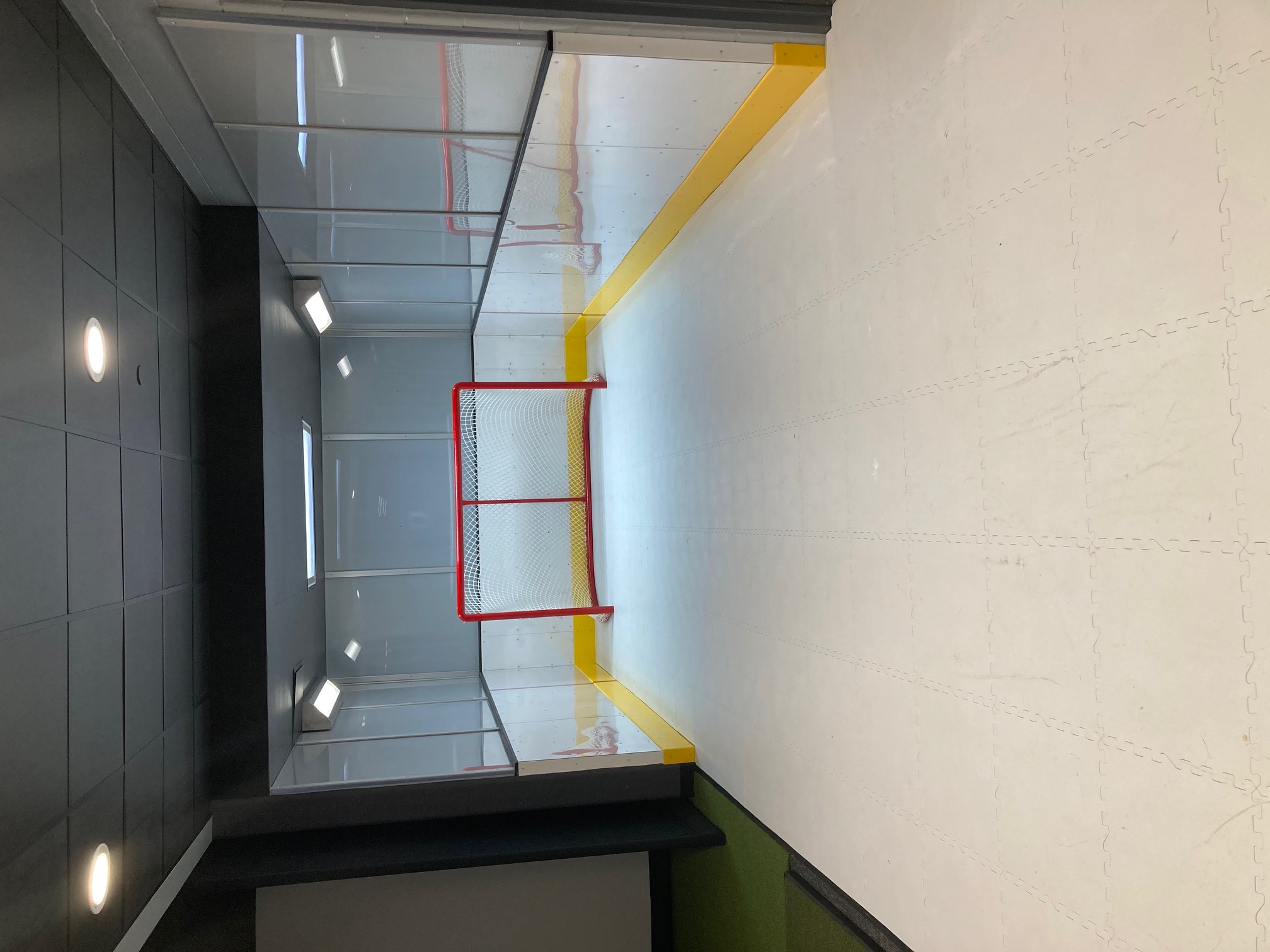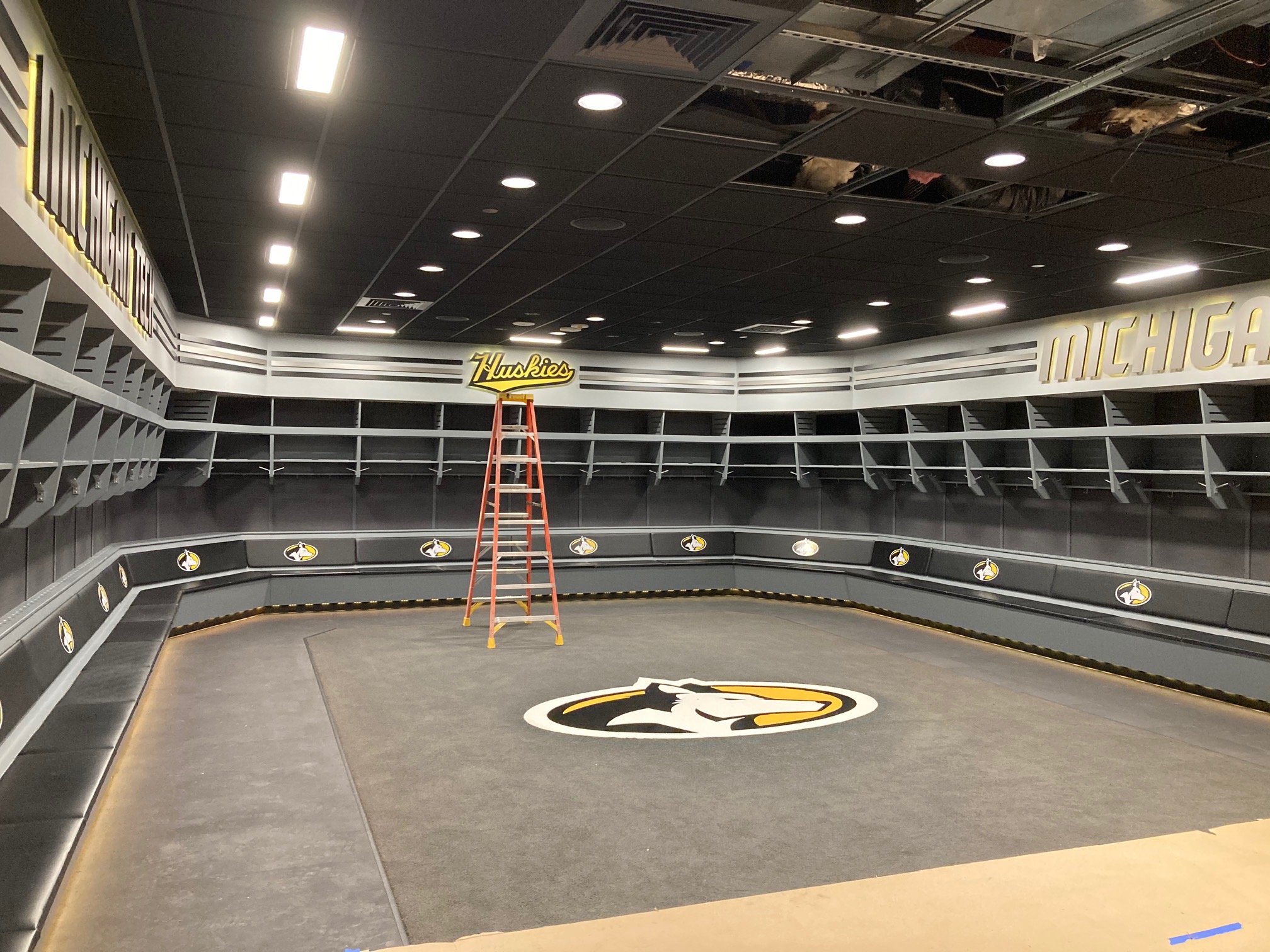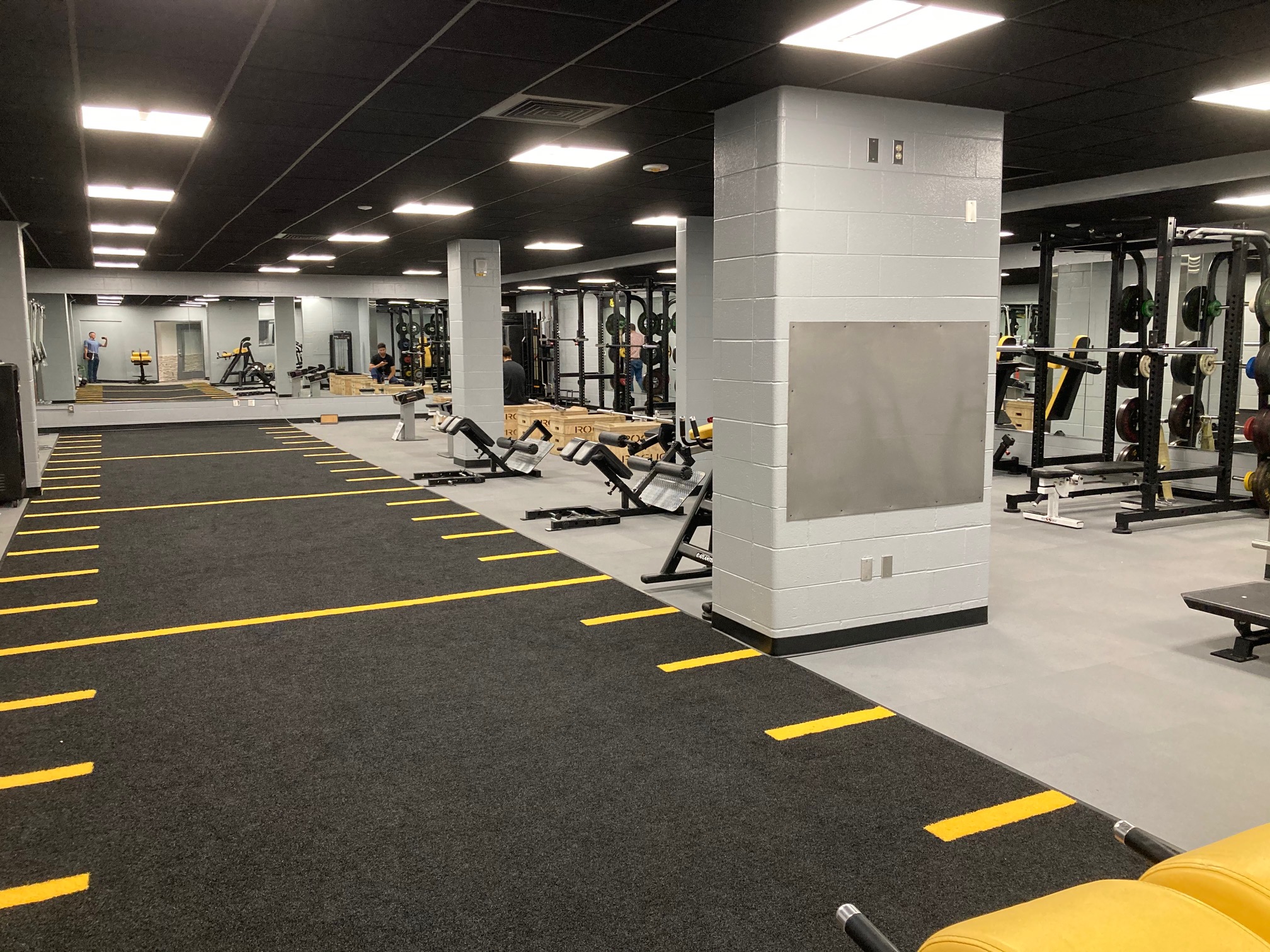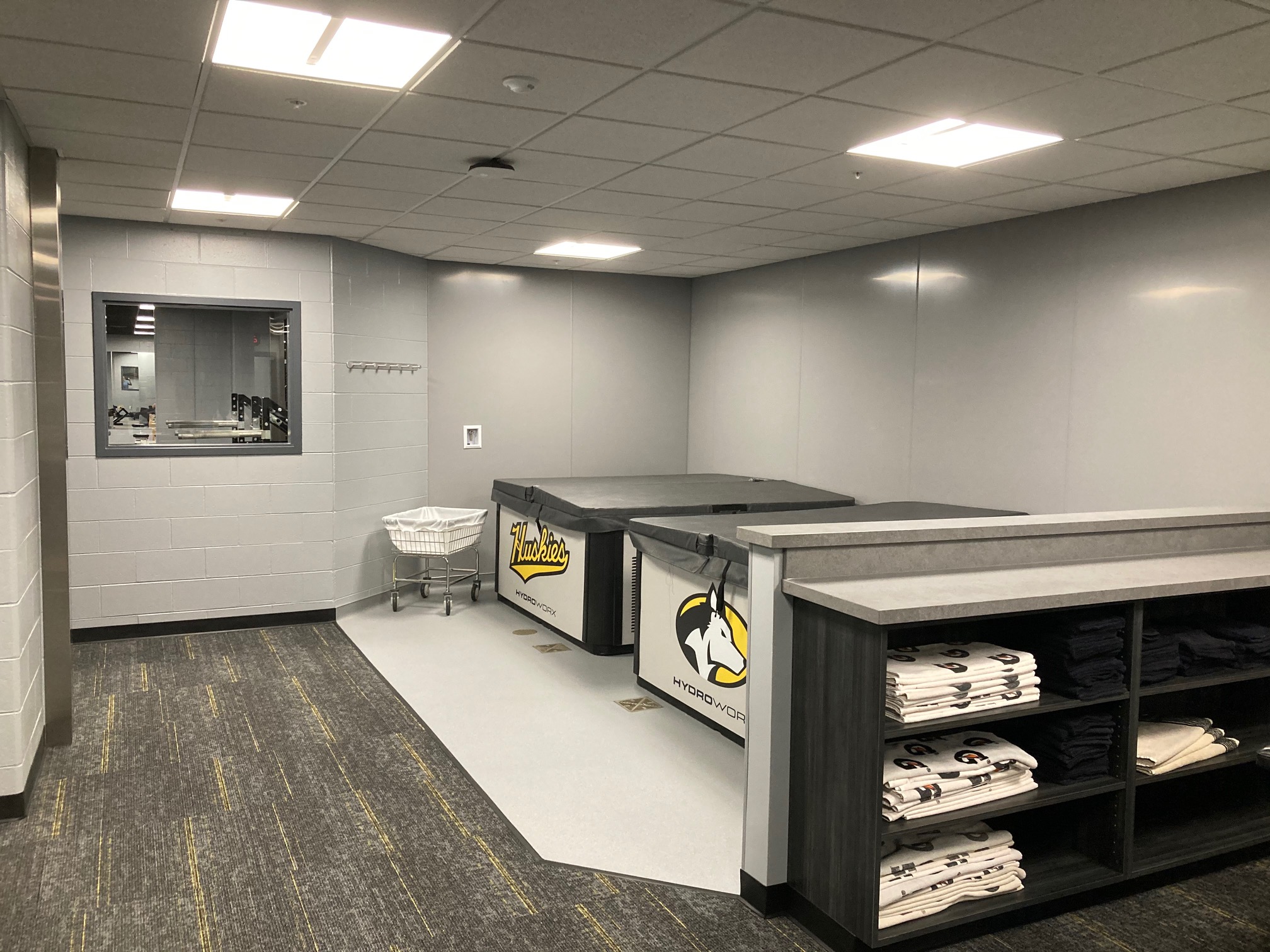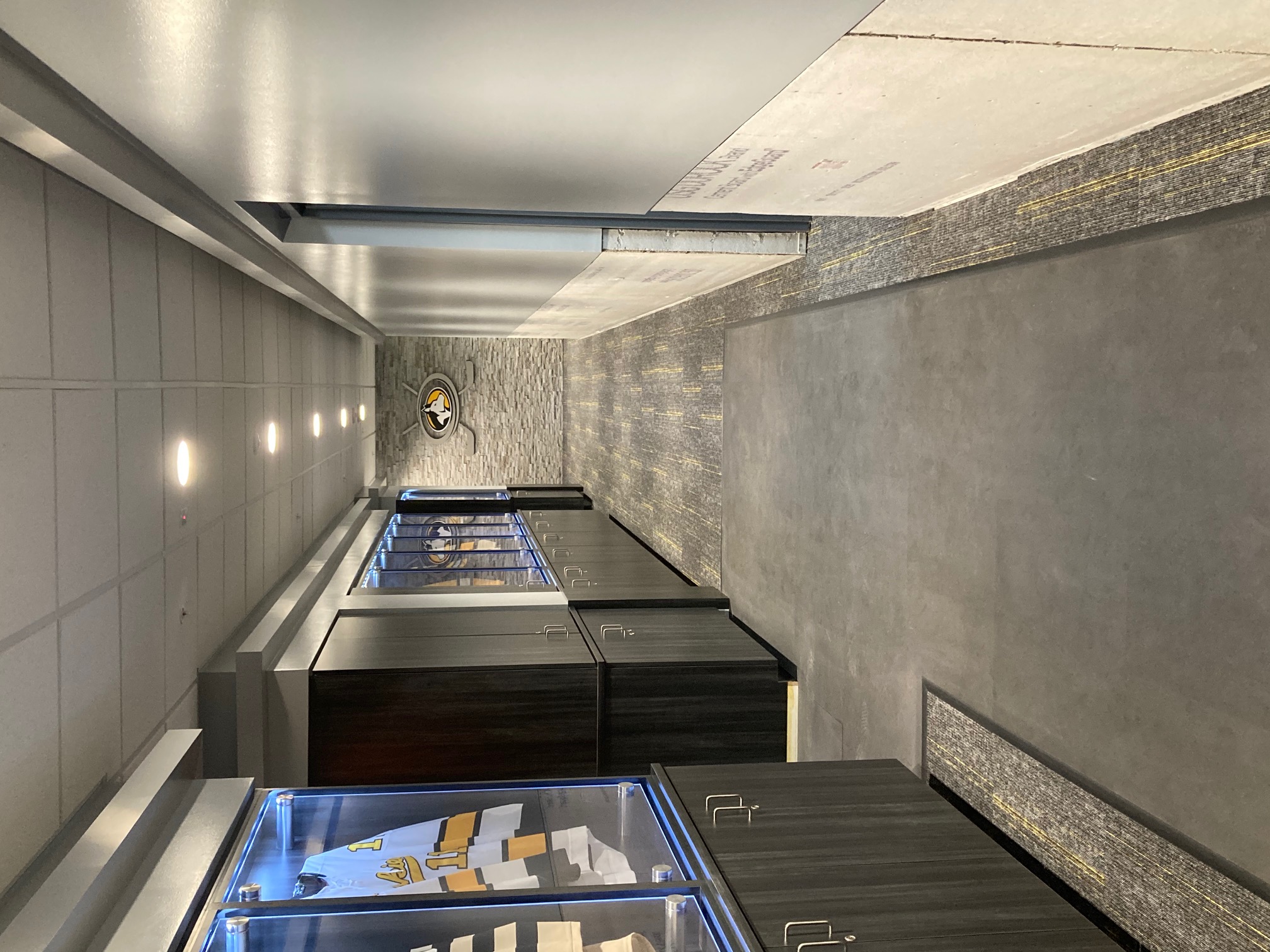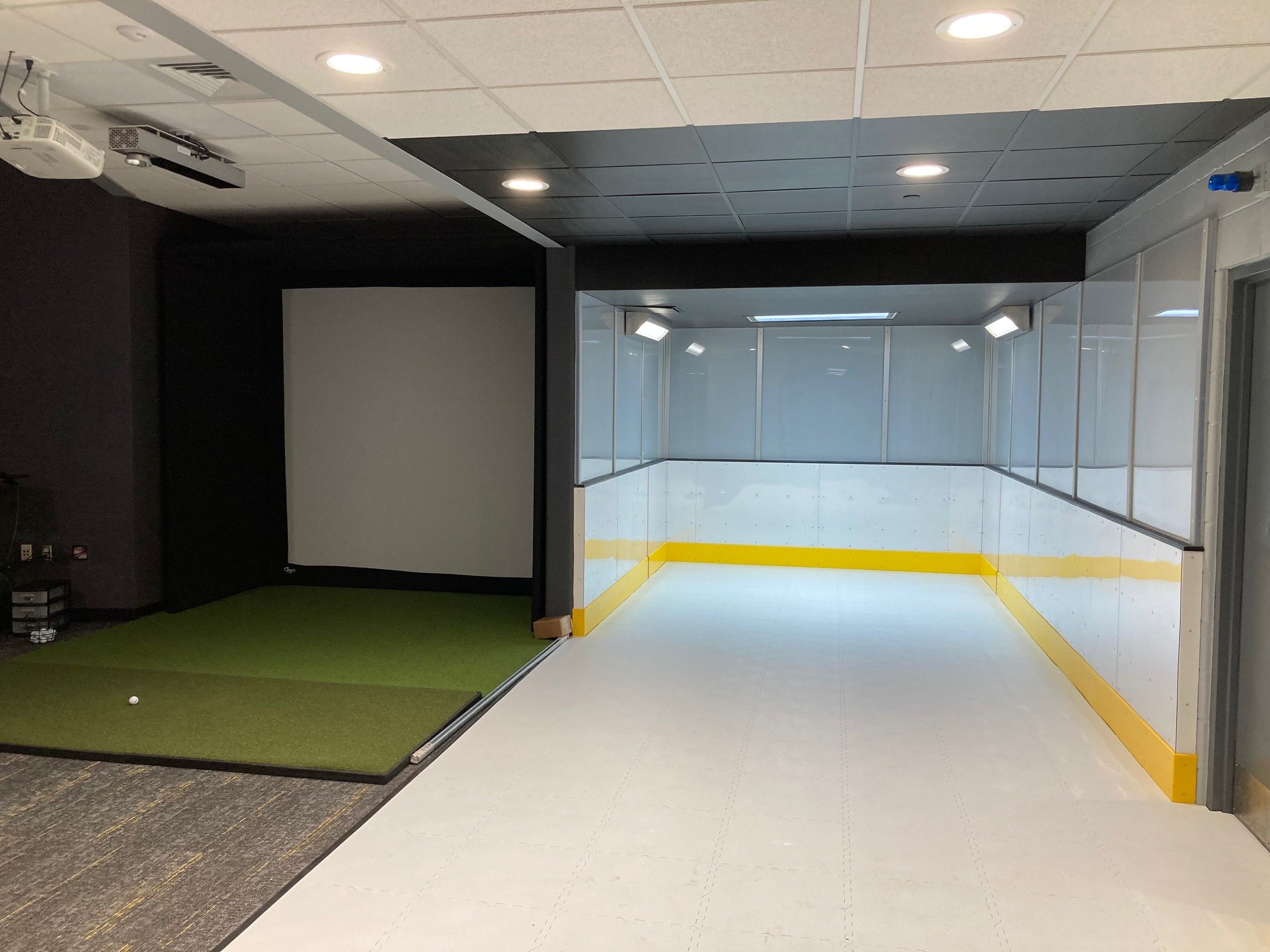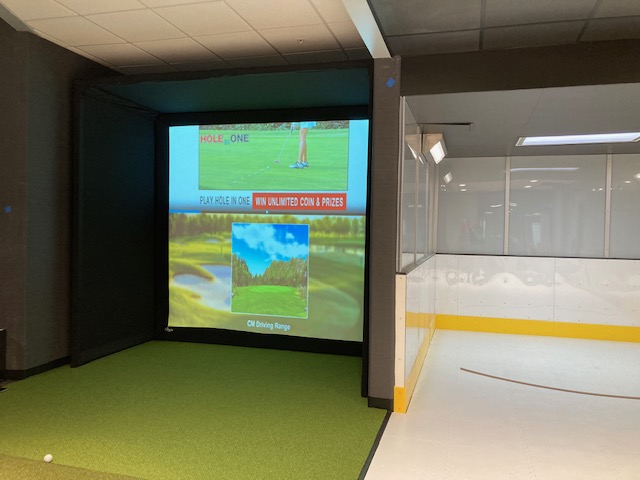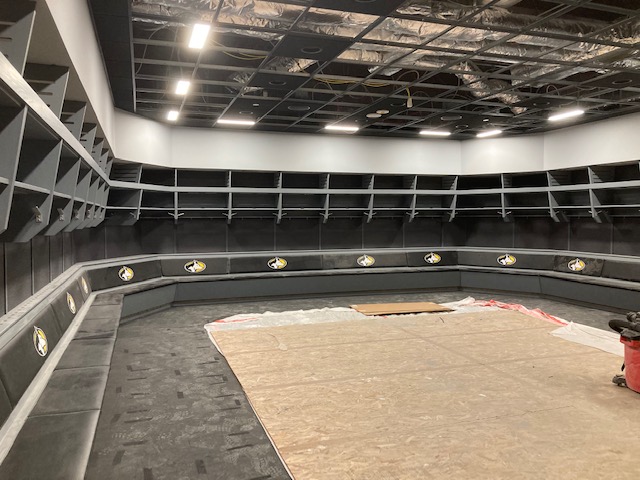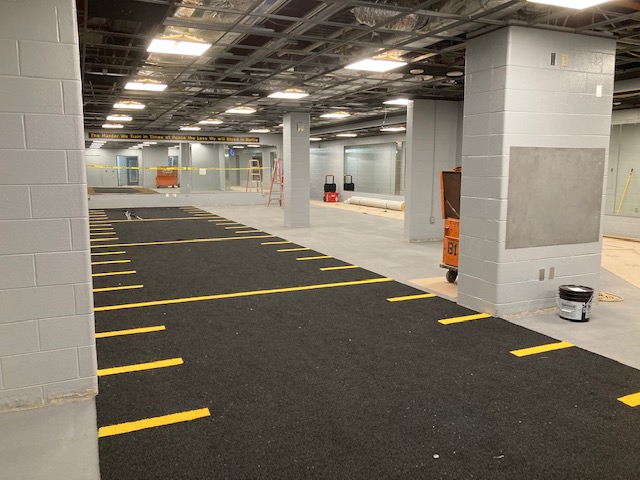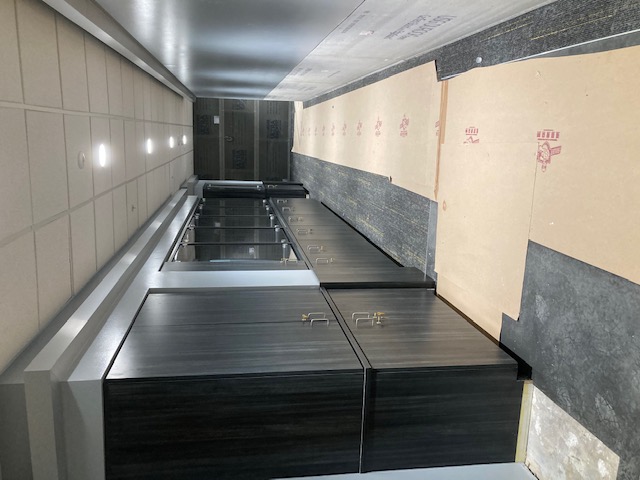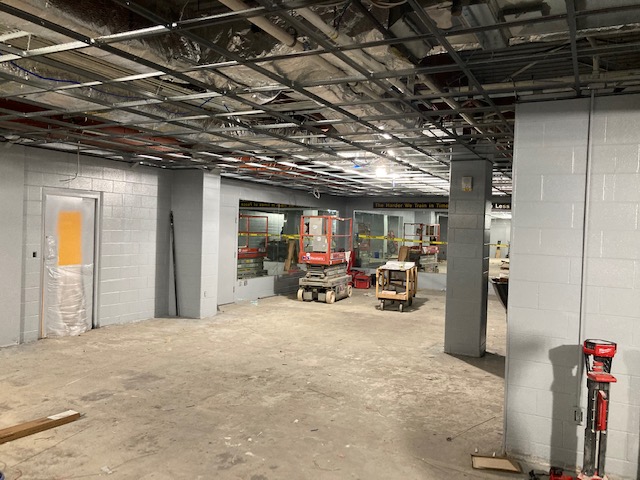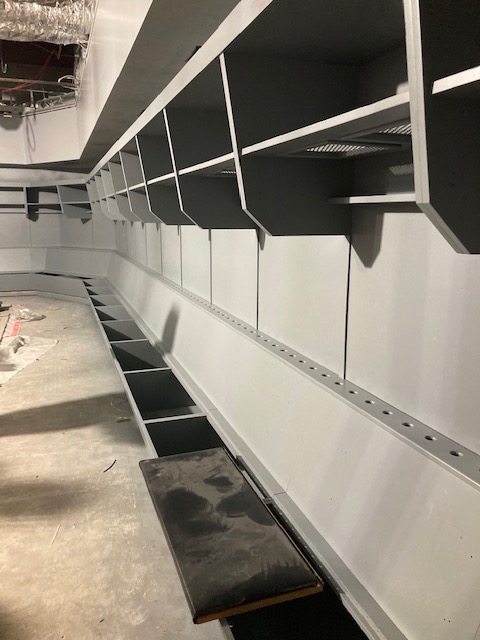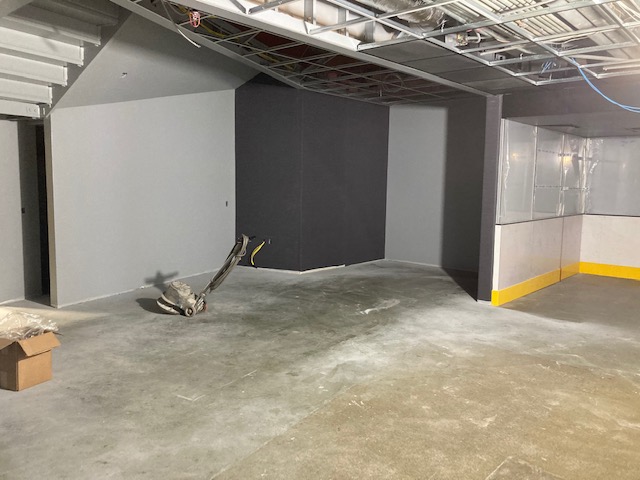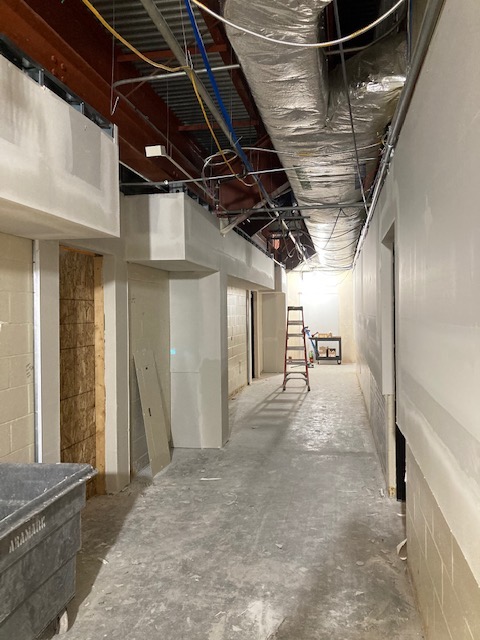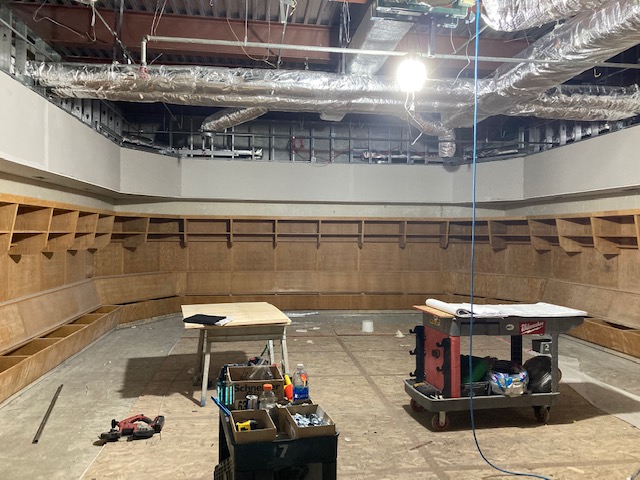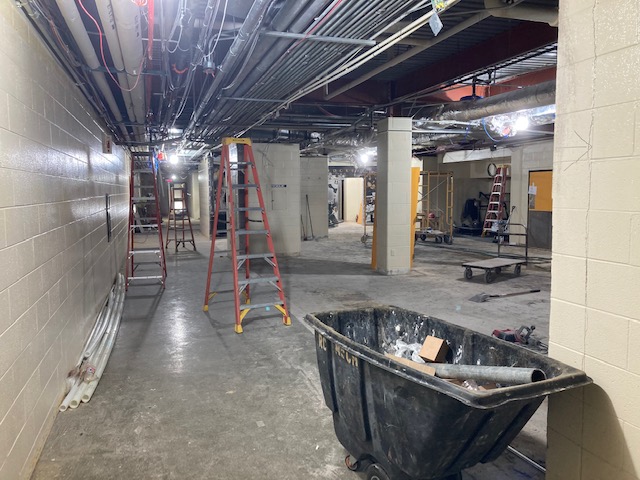7th Street Parking Lot
Start Date: September 25, 2023
Completion Date: July 2024
Project Description: New parking lot to replace parking lost to other campus projects.
Administration Building Flood Gate
Start Date: July 17, 2023
Completion Date: December 2023
Project Description: Construction of a new flood barrier at the entrance to the Administration Building parking lot.
Alumni Way Gateway
Start Date: July 2023
Completion Date: December 2023
Project Description: Construction at the west end of campus will include the installation of a Gateway Arch near the Alumni House and engraved pavers surrounding the base of the arch. The boulevard will be accented by benches, seat walls, and landscaping.
APSRC Test Cell Construction
Start Date: September 15, 2022
Completion Date: November 2022
Project Description: New test cell at Advanced Power Systems Research Center
ChemSci B006 Remodel
Start Date: August 12, 2024
Completion Date: October 2024
Project Description: Furniture and AV upgrades for ChemSci B006
ChemSci 501 and 601 Lab Renovations
Start Date: April 24, 2023
Completion Date: August 2023
Project Description: Renovation and remodel of undergrad lab 501 and 601 in Chemical Sciences and Engineering Building.
Daniell Heights Breezeway Roofs
Start Date: September 2, 2024
Completion Date: October 2024
Project Description: Replacement of breezeway roofs in Daniell Heights (buildings 1902, 1905, and 1908).
DHH Bathroom Renovations
Start Date: April 25, 2022
Completion Date: September 2022
Project Description: Renovations to the bathrooms and toilet rooms in Douglass Houghton Hall.
Dow Building East and North Roof Replacement
Start Date: October 2023
Completion Date: November10, 2023
Project Description: Remove existing roof membrane, and install new polyiso cover board and new EPDM roof membrane.
Dow Elevator Addition
Start Date: April 24, 2023
Completion Date: January 2025
Project Description: The addition of an elevator to the north side of the Dow Environmental Sciences & Engineering building, including necessary renovations to the existing building.
EERC Classroom Upgrades
Start Date: May 6, 2024
Completion Date: November 1, 2024
Project Description: Renovations to EERC 2nd floor classrooms. As of September 1, five upgraded classrooms are in use and upgrades to one classroom are still in progress.
Facilities Fuel Tanks
Start Date: July 19, 2022
Completion Date: November 2022
Project Description: Removal of the existing underground fuel storage tanks and installation of new, above ground fuel storage tanks.
H-STEM Engineering and Health Technologies Complex
Start Date: May 2, 2022
Completion Date: February 2024
Project Description: The H-STEM Complex is a 3-story building addition on the east side of the Chemical Sciences and Engineering building. It will include newly constructed shared and flexible laboratory spaces co-located with renovated classrooms and learning spaces within the existing building. H-STEM Complex will permit teams of researchers and students from the University's various engineering and health sciences departments to work together in collaborative spaces with shared equipment.
John MacInnes Ice Arena Mechanical System Upgrades
Start Date: April 1, 2024
Completion Date: August 2024
Project Description: Replace the ice arena air handling and dehumidification equipment.
KRC Cold Climate Testing Facility
Start Date: July 1, 2022
Completion Date: December 2022
Project Description: New cold room testing facility located at the Keweenaw Research Center.
Lakeshore Waterfront Dock Construction
Start Date: June 12, 2023
Completion Date: August 2023
Project Description: Replace waterfront dock at the Lakeshore Center
M&M ACF Expansion
Start Date: June 24, 2024
Completion Date: January 3, 2025
Project Description: Renovations to labs for ACF expansion.
McNair Dining Hall Remodel
Start Date: April 22, 2024
Completion Date: August 30, 2024
Project Description: Remodel of a majority of the entire upper level kitchen and dining areas, as well as selected lower level rooms, corridors, and storage areas.
Mont Ripley Slope Repair
Start Date: May 23, 2022
Completion Date: September 2022
Project Description: Repair of the failed slope caused by the 2018 Father's Day Flood event.
Nara Forest Education Center
Start Date: August 30, 2021
Completion Date: December 2022
Project Description: A new facility for the College of Forestry in the middle of the Nara Forest for teaching and education.
Psy-HF Renovation at M&M Building
Start Date: January 13, 2025
Completion Date: May 2025
Project Description: Renovation of the east portion of M&M building 3rd and 4th floors for the Psychology and Human Factors department.
Rozsa BF Toilet Remodel
Start Date: April 2024
Completion Date: November 22, 2024
Project Description: Addition of public bathrooms and wellness room in the main lobby area with addition of storage space behind the concessions area.
Rozsa Center Roof Replacement
Start Date: September 2, 2022
Completion Date: October 2022
Project Description: Replacement of the west (back-of-house) roof and south east lobby roof. Maintenance repairs of the metal sloped roof as well.
SDC Men's Basketball Locker Room Upgrade
Start Date: May 16, 2022
Completion Date: August 2022
Project Description: Remodel to include new lockers, flooring, ceiling paint, and led lighting.
SDC Water Piping Replacement Phase 3
Start Date: May 1, 2023
Completion Date: May 31, 2023
Project Description: Replace existing domestic water lines (cold water, hot water, and circulating hot water) with new piping and isolation valves in the pool mechanical room and in several locker rooms.
Varsity Hockey Facility Renovations Project
Start Date: April 25, 2022
Completion Date: September 2022
Project Description: Renovation of the existing Husky hockey locker room, weight room, training room, corridor and puck pit areas.

